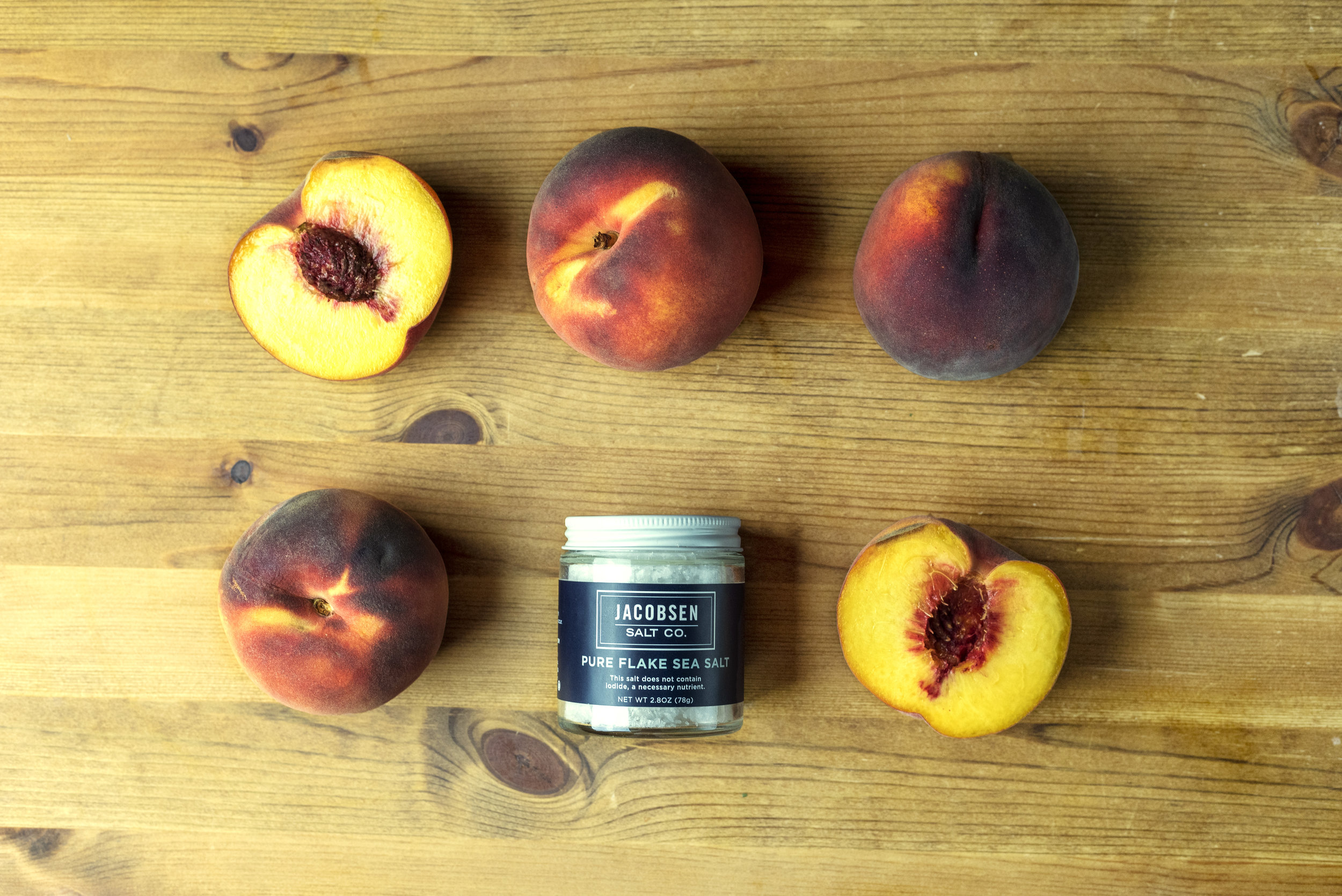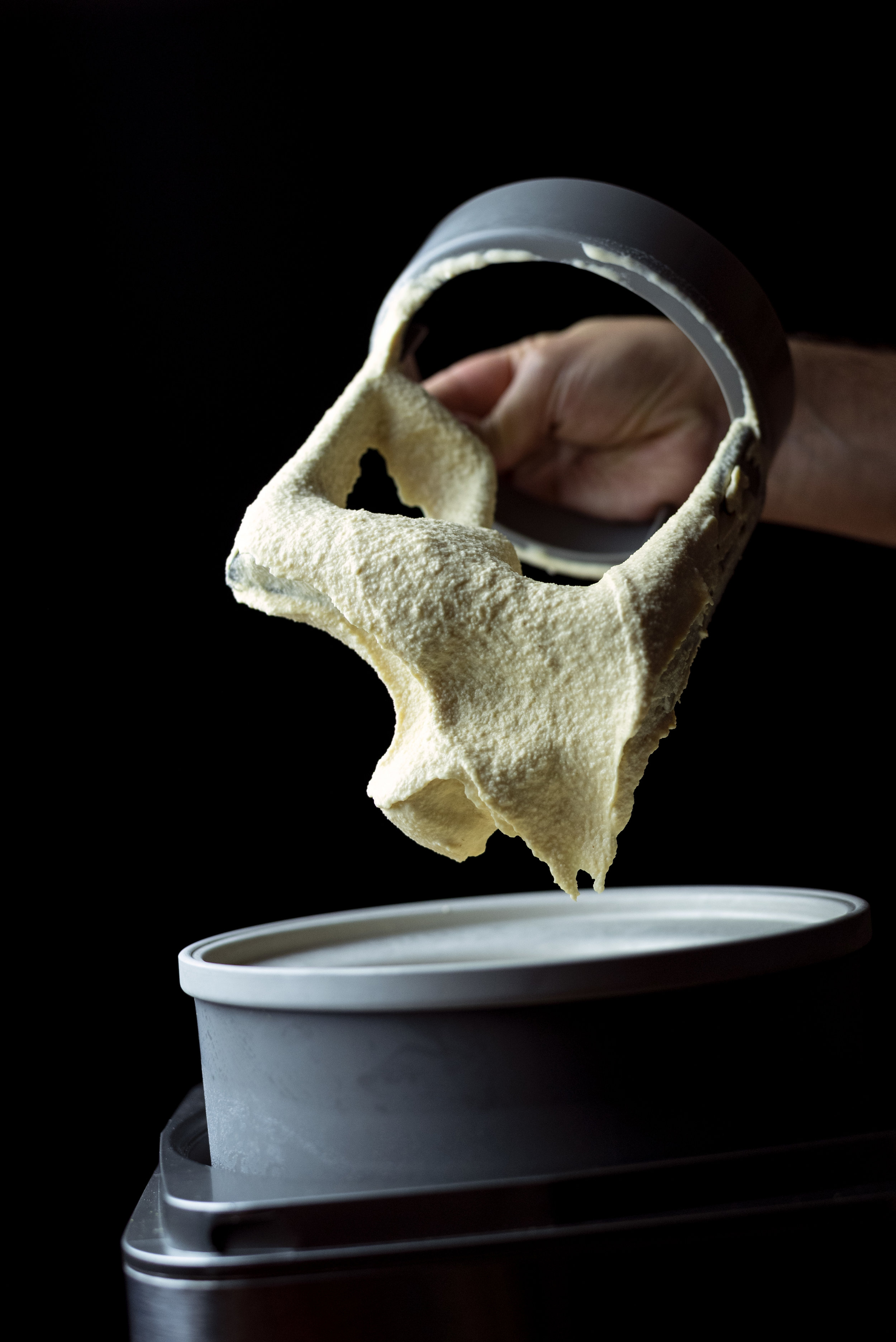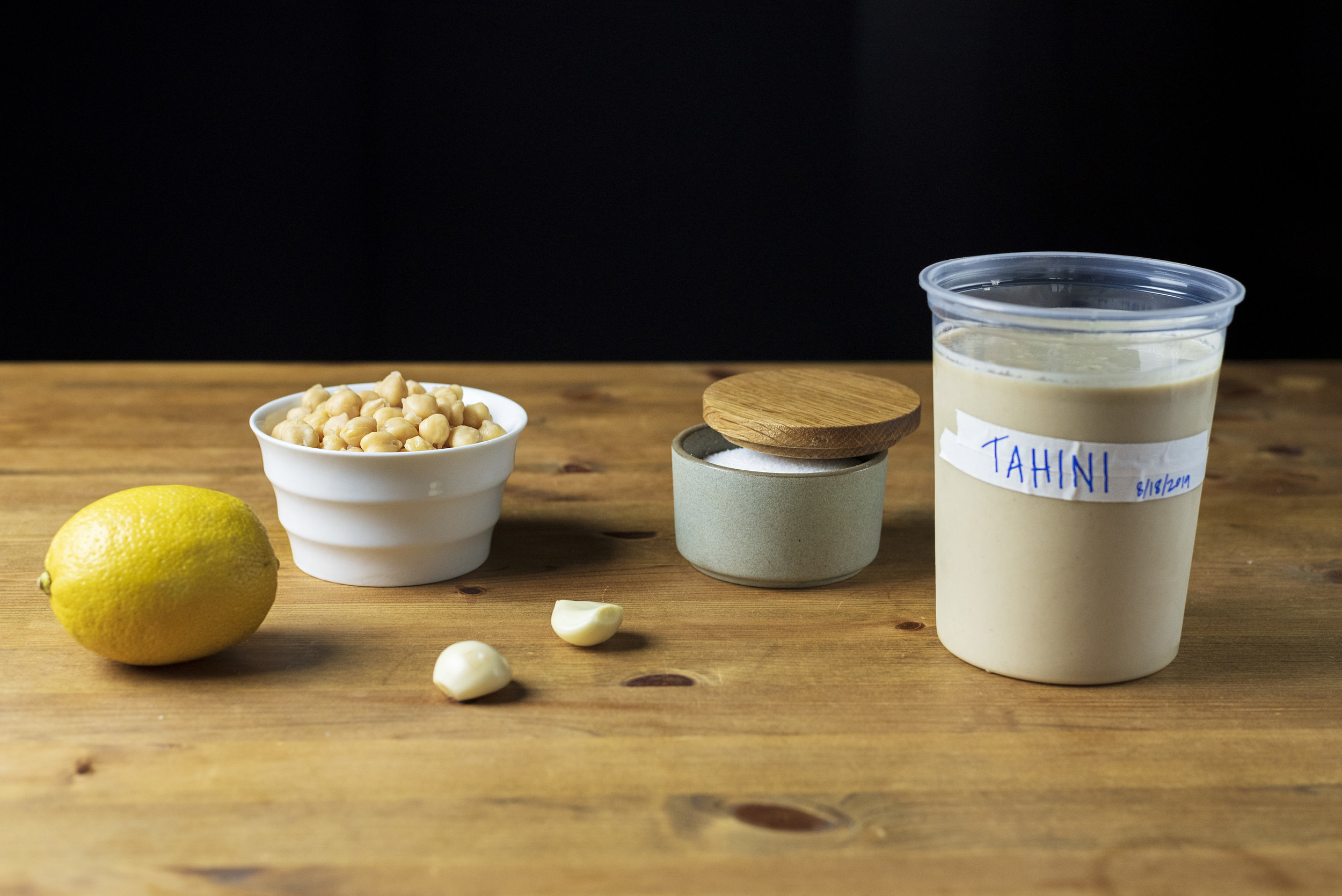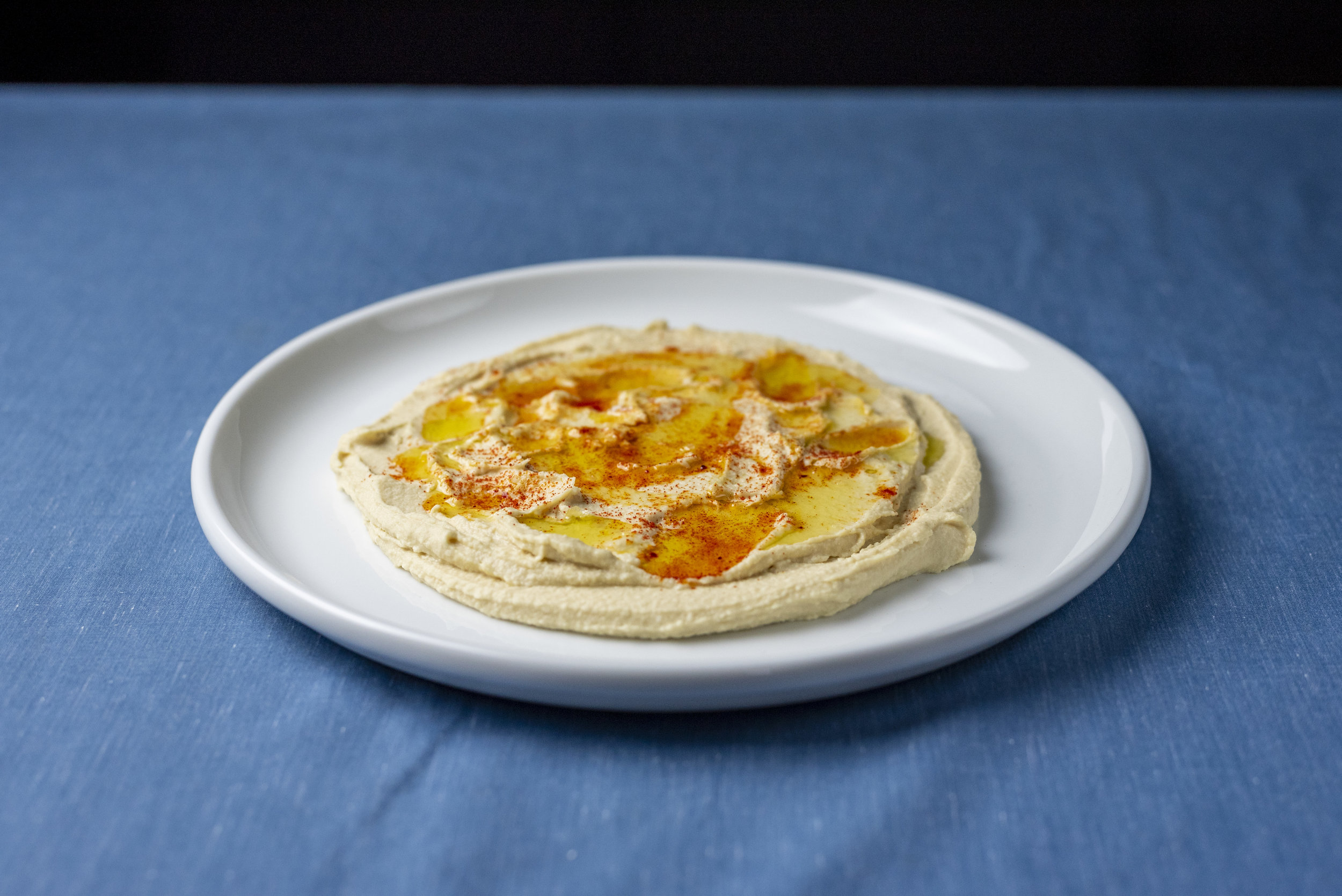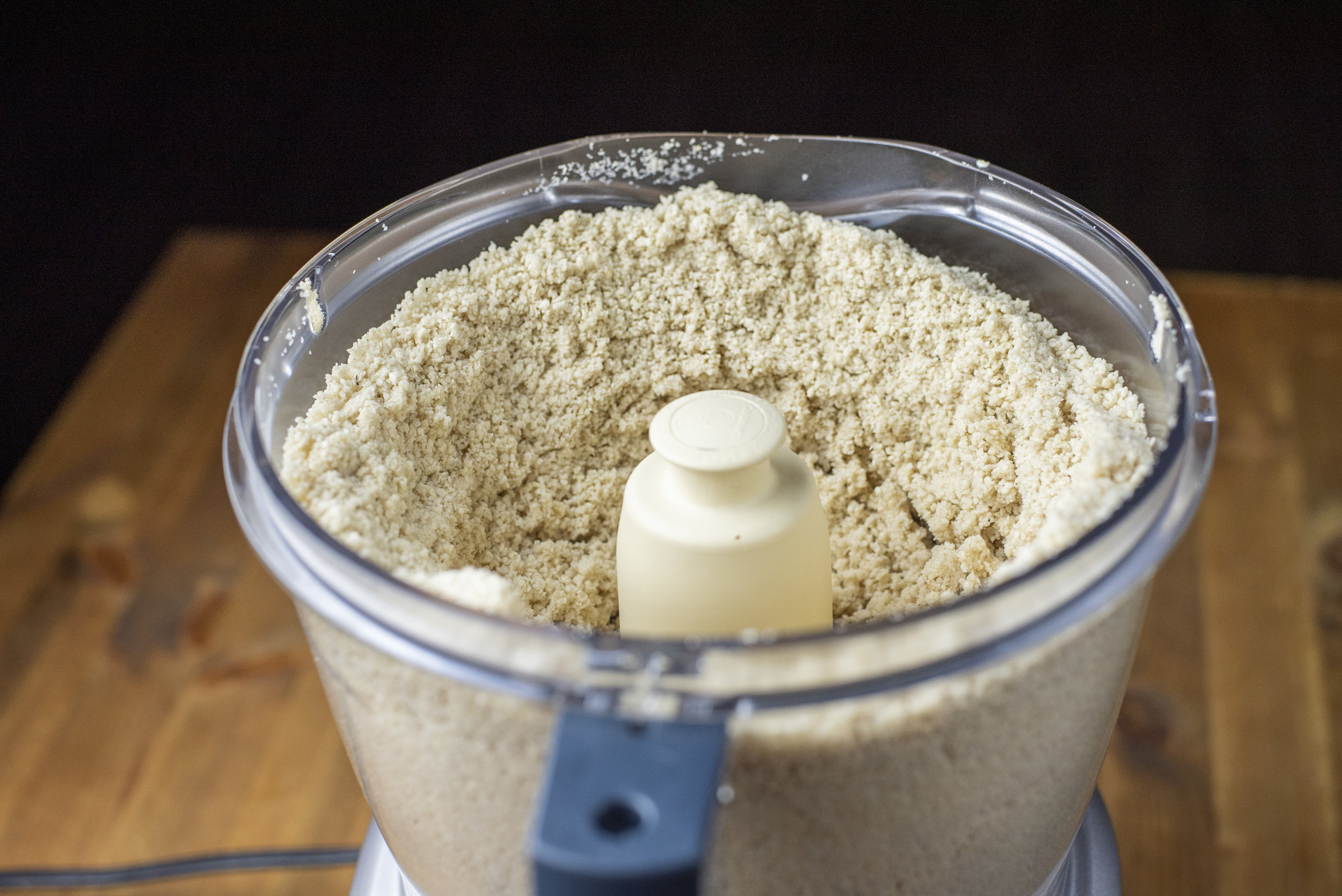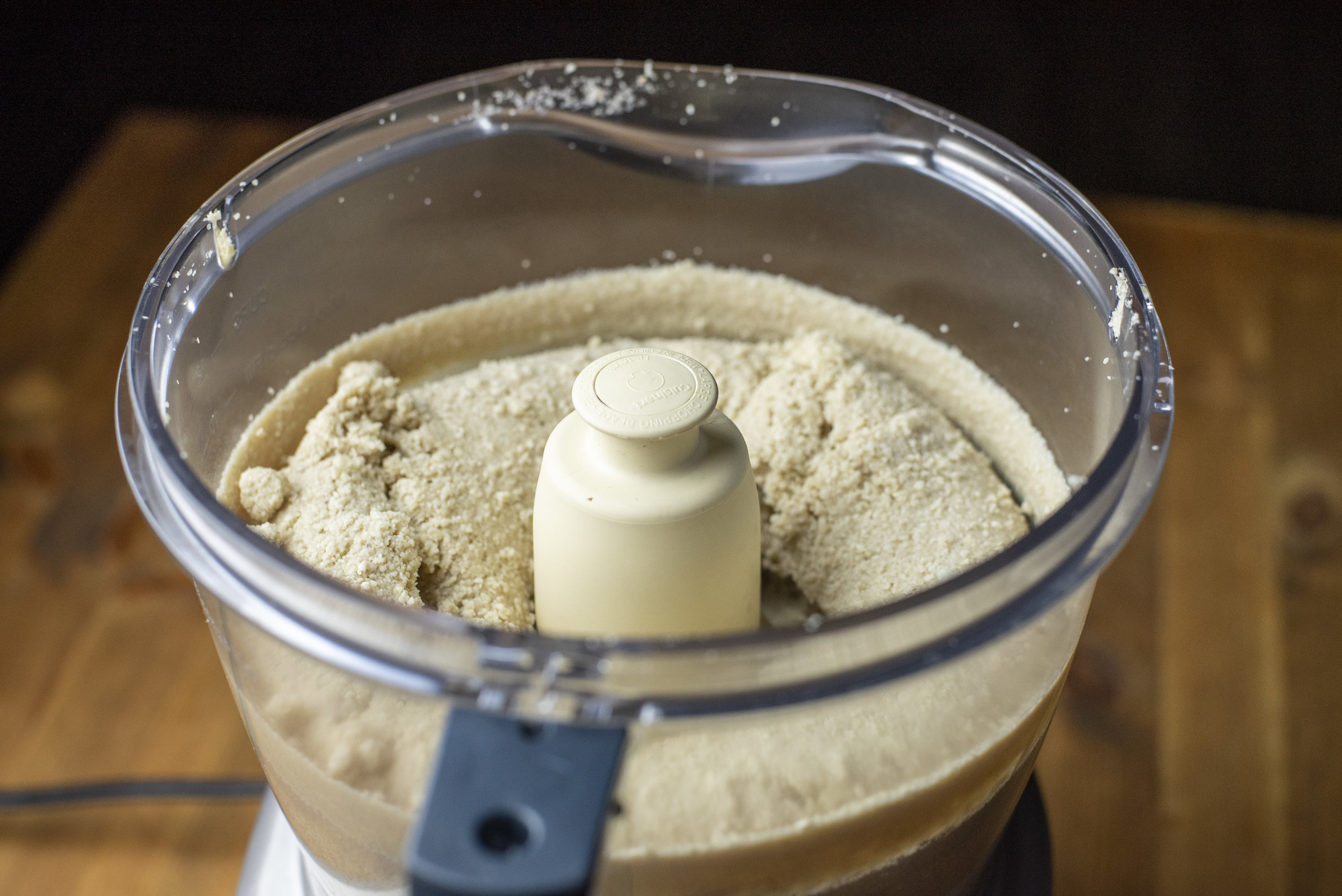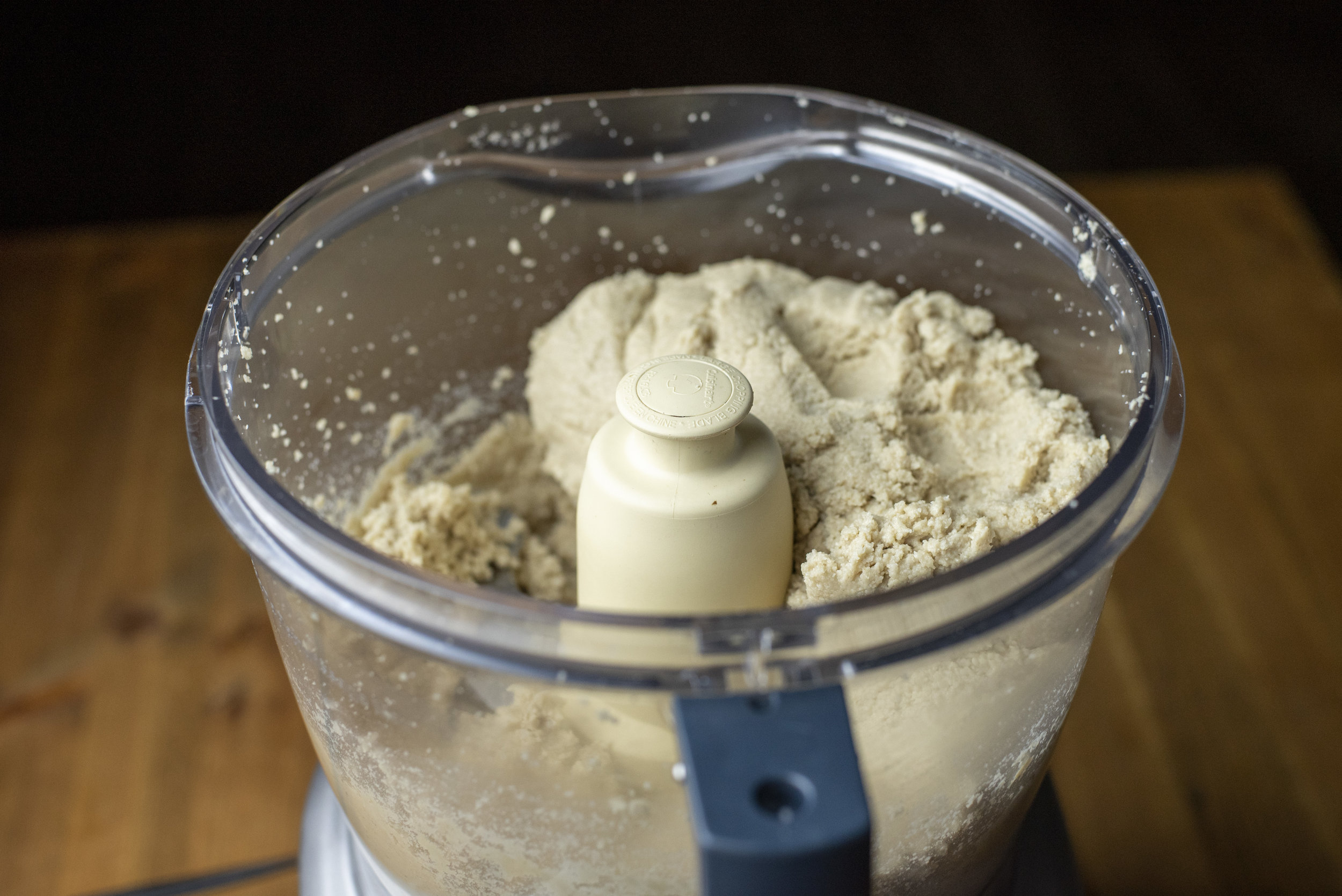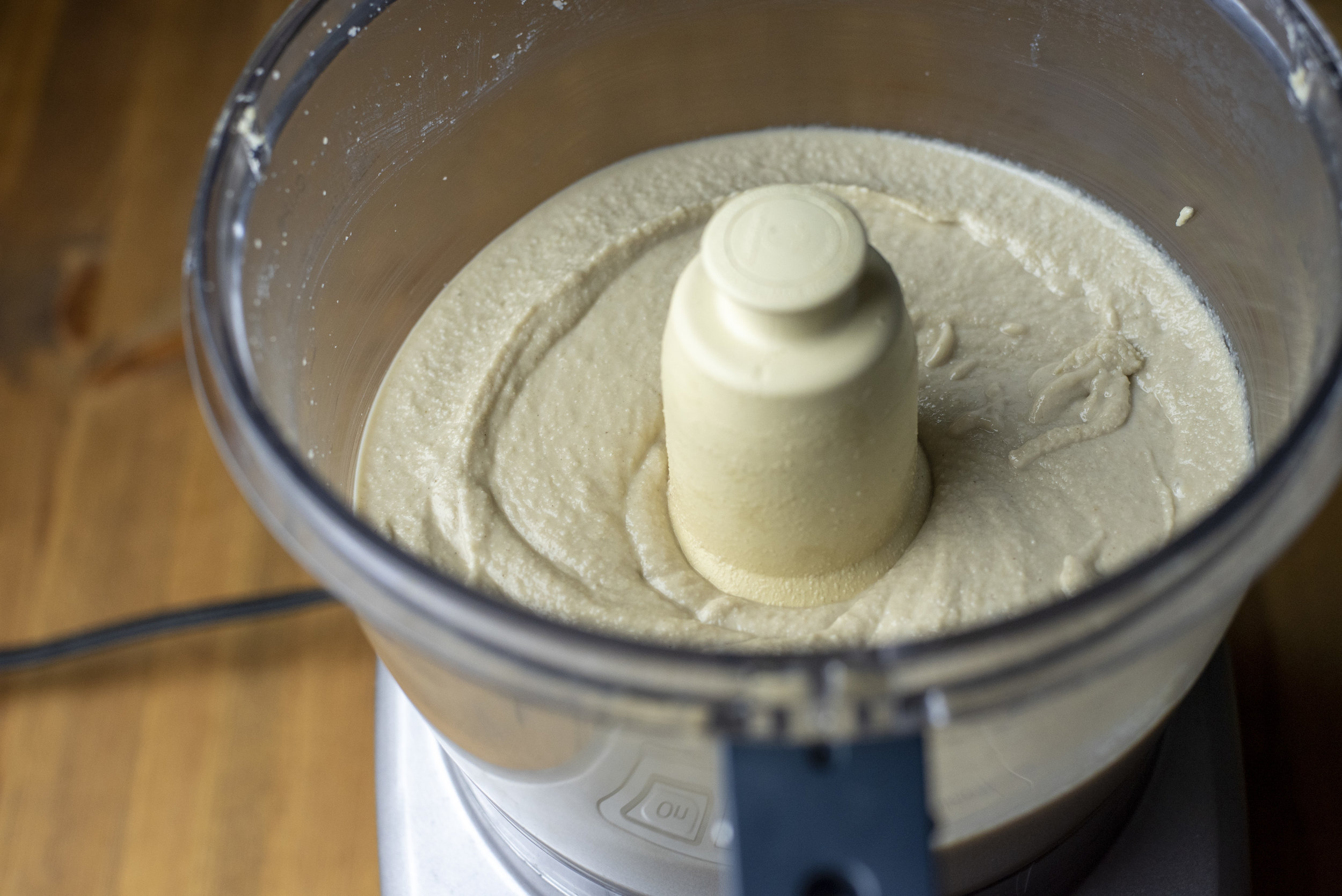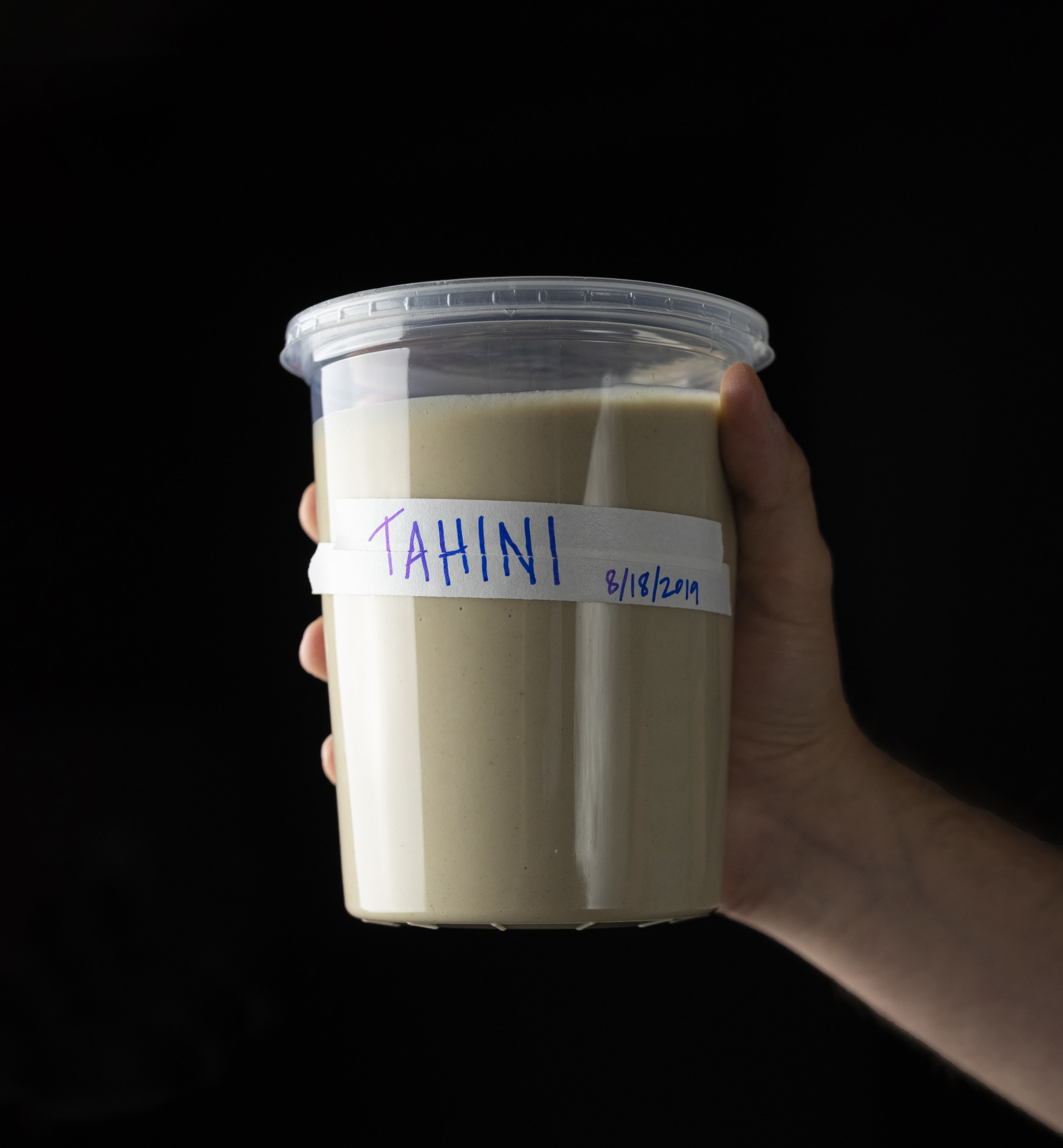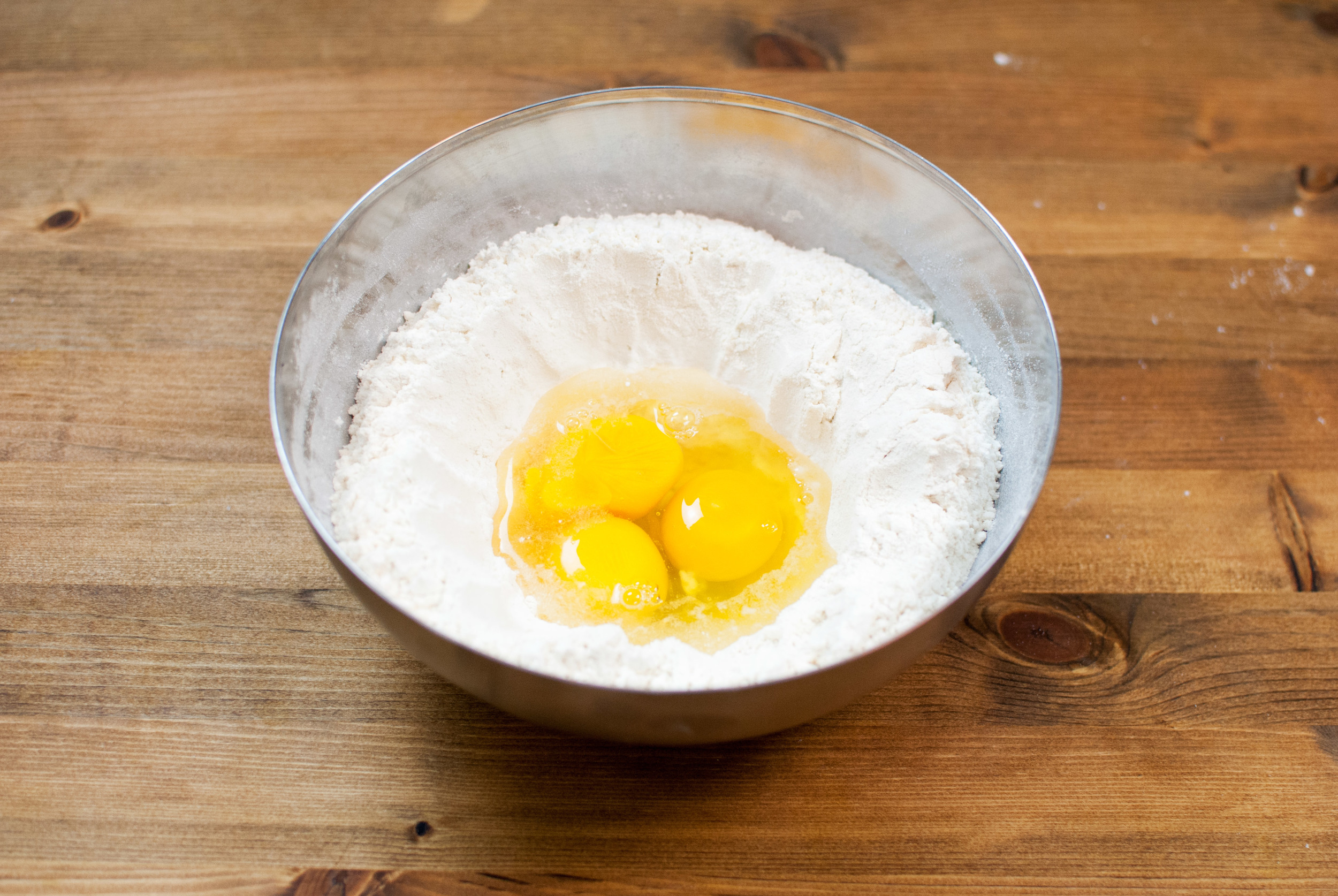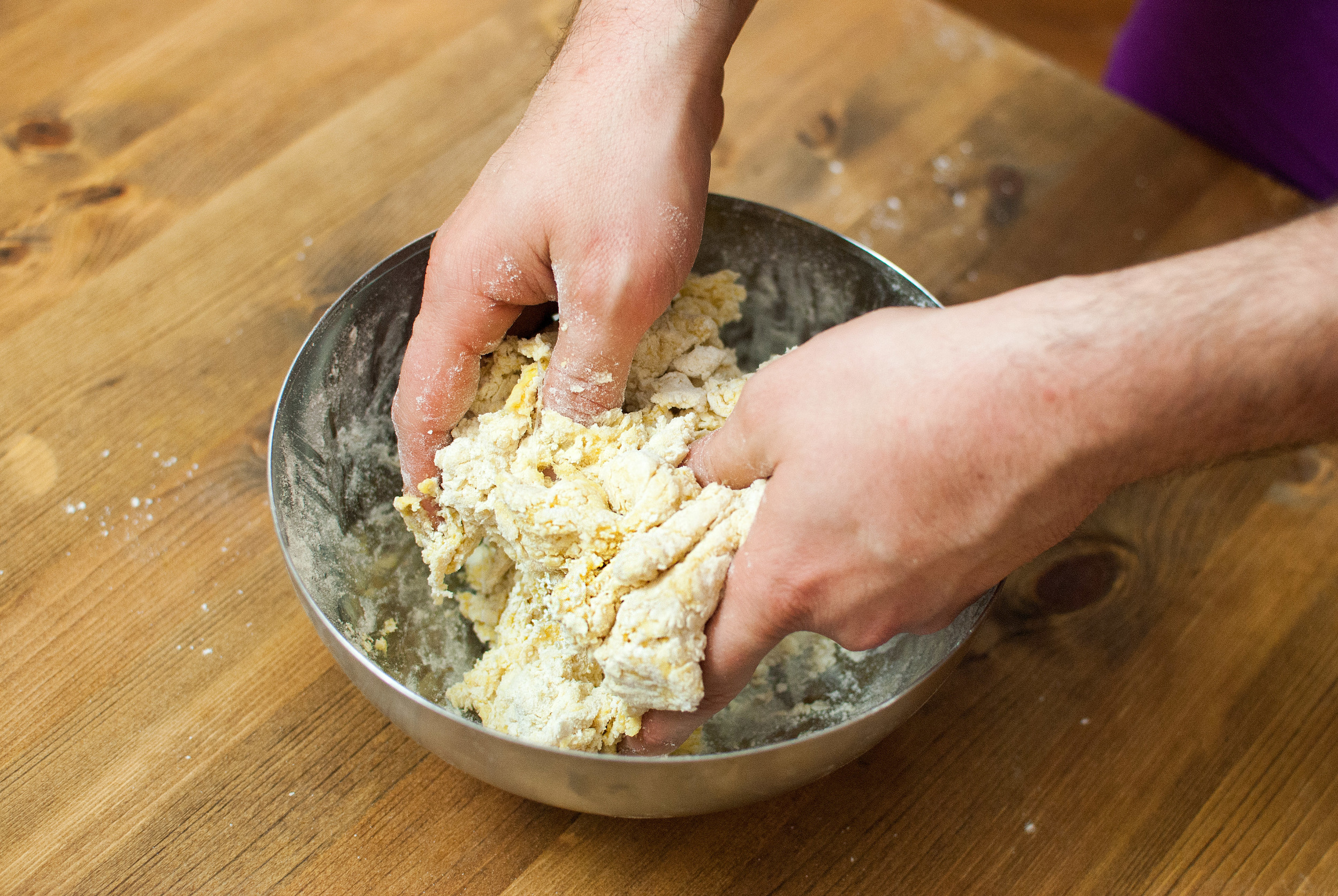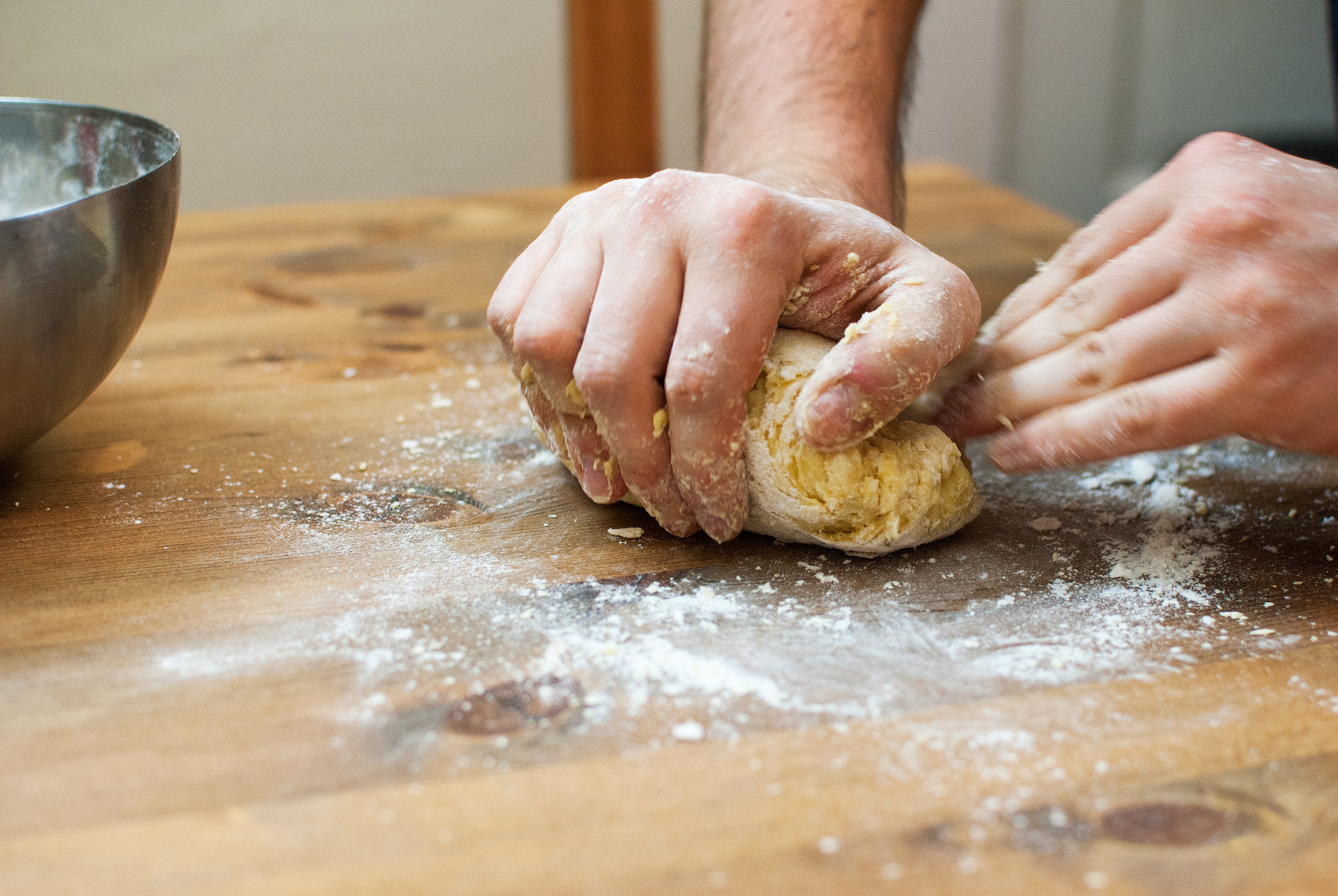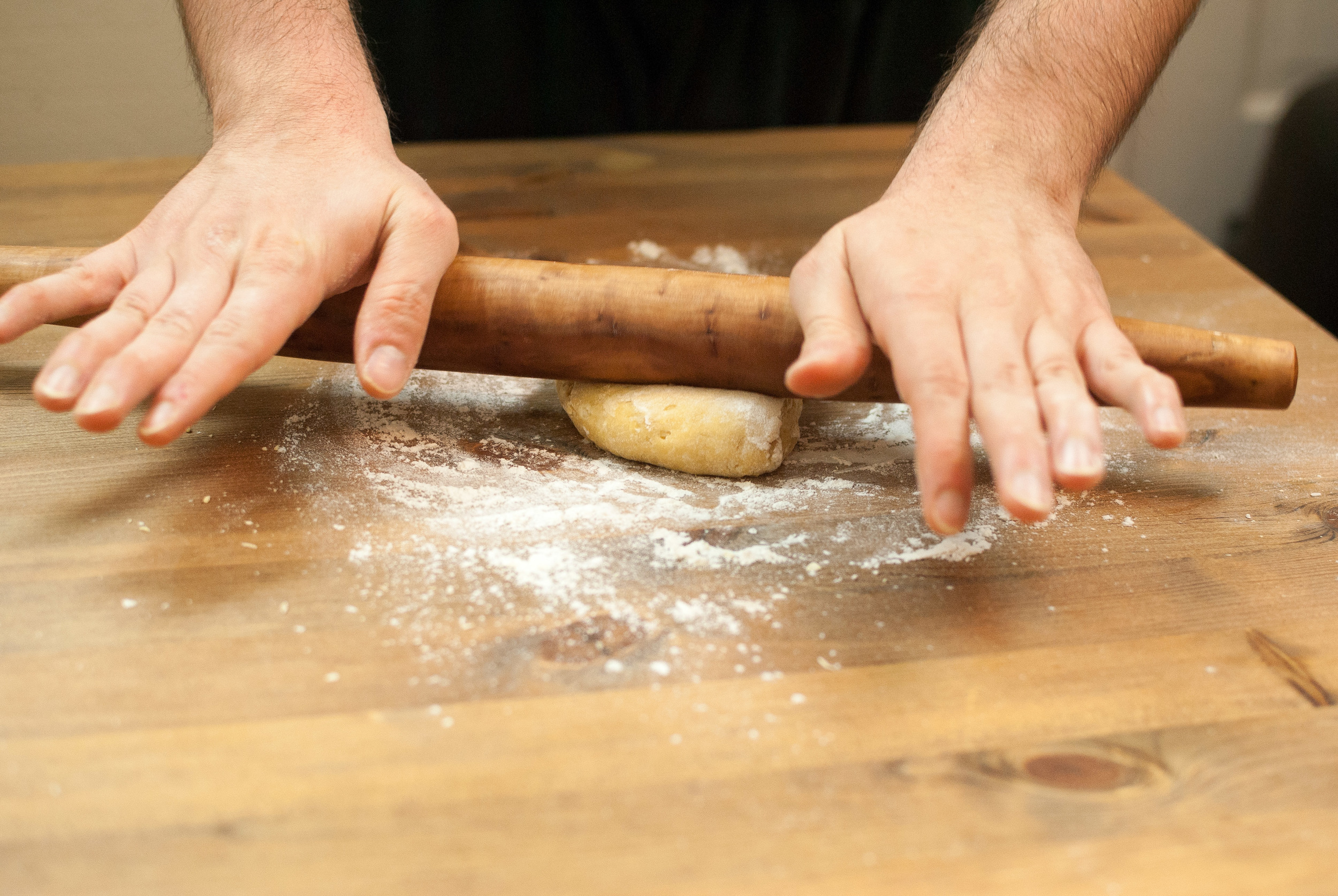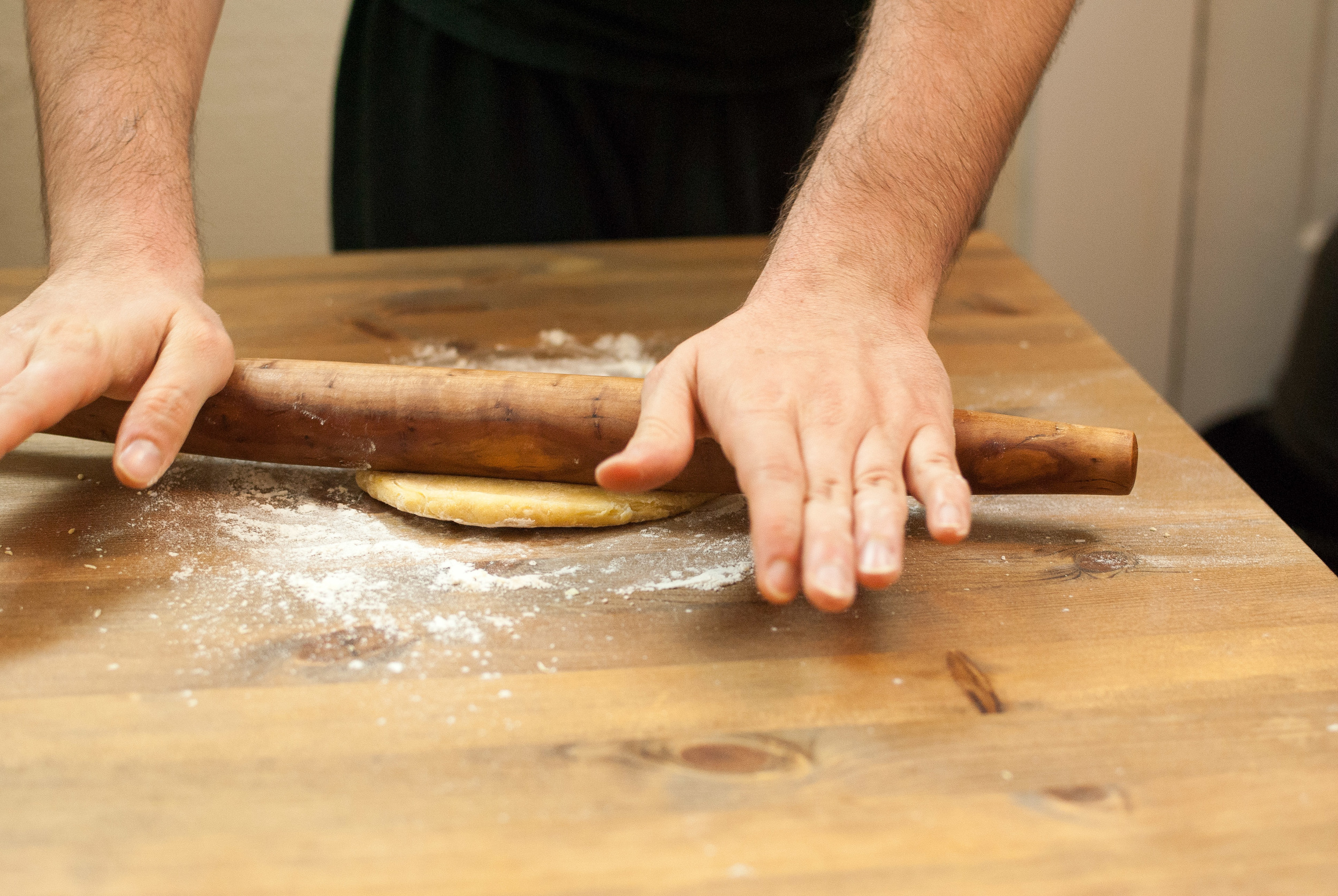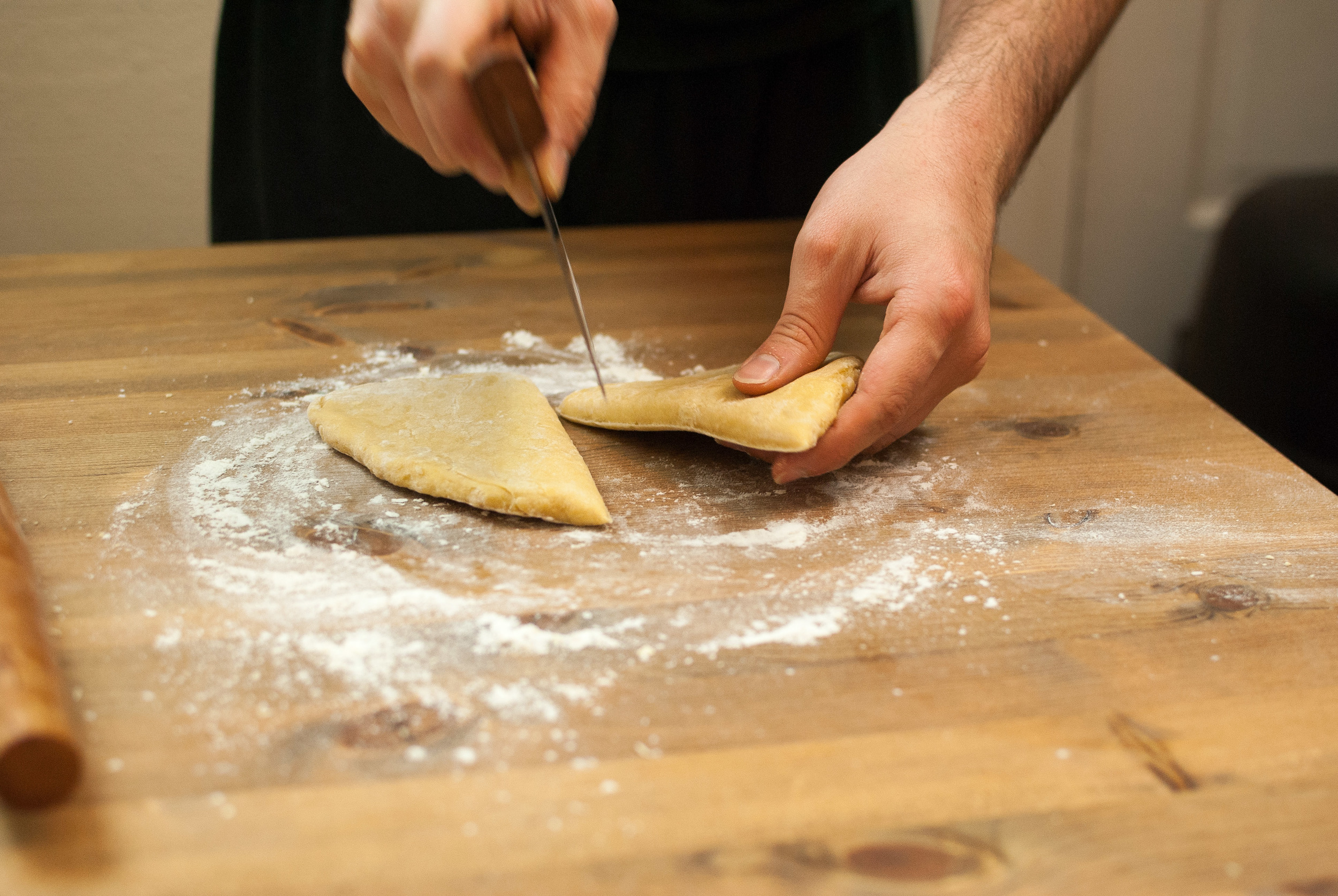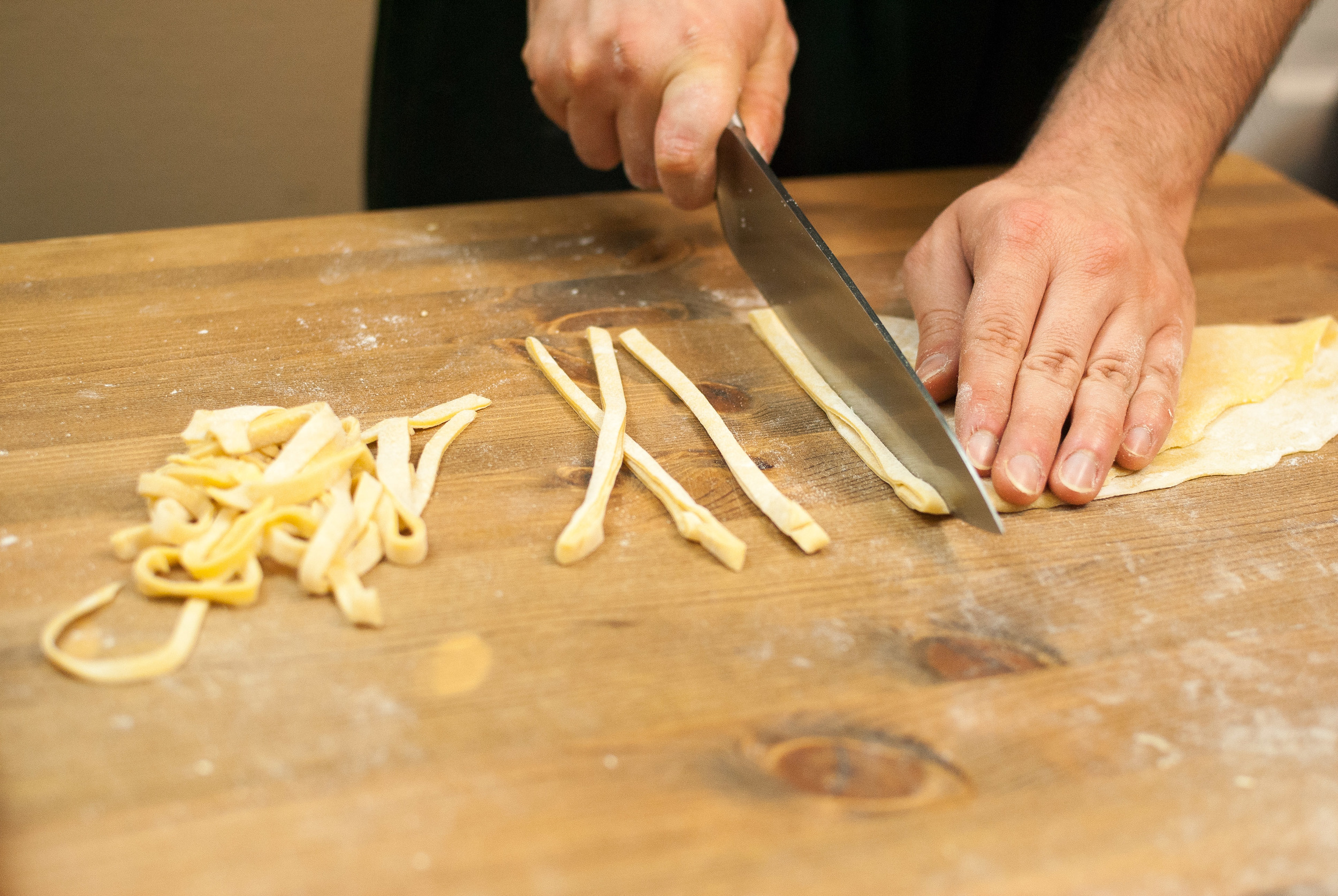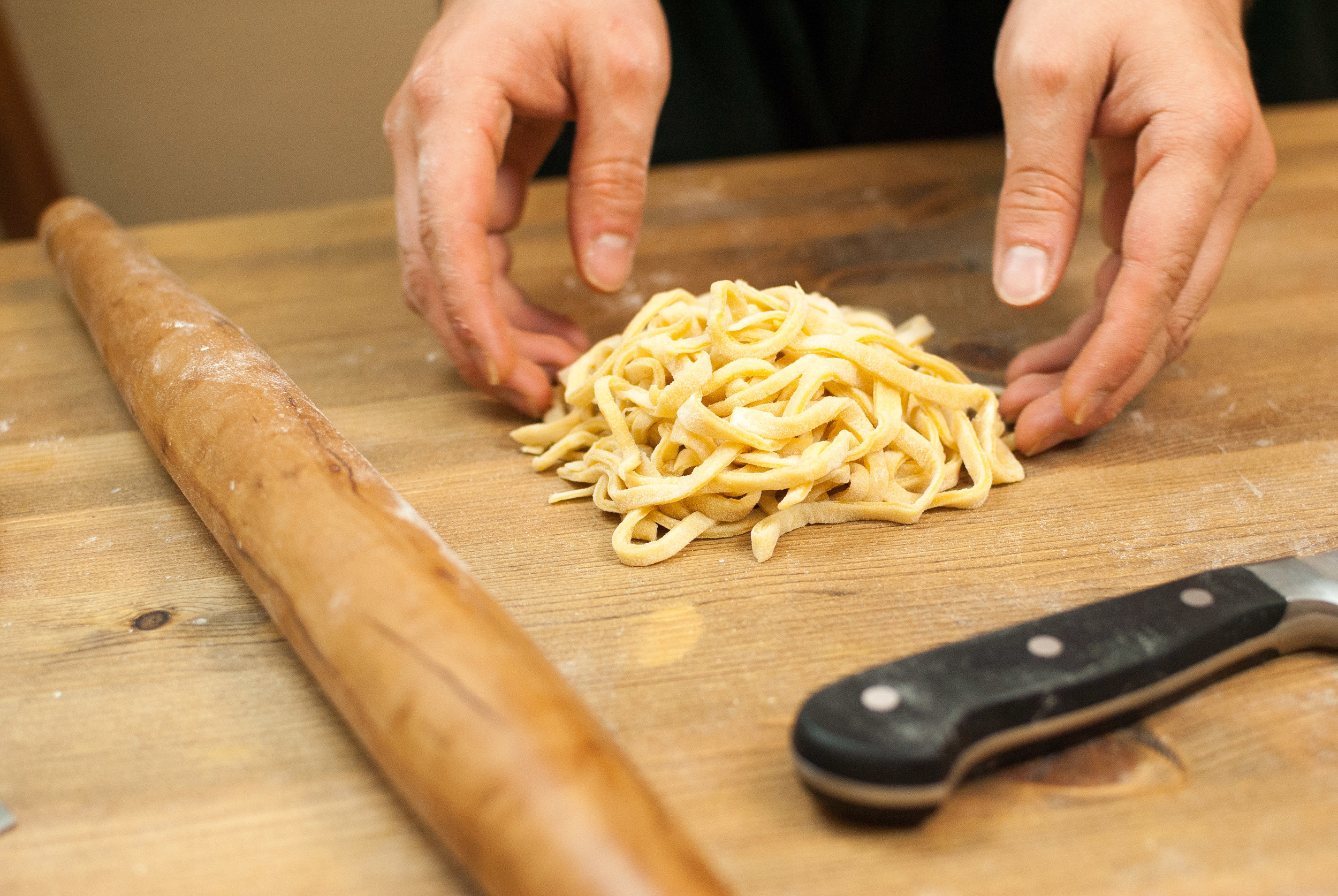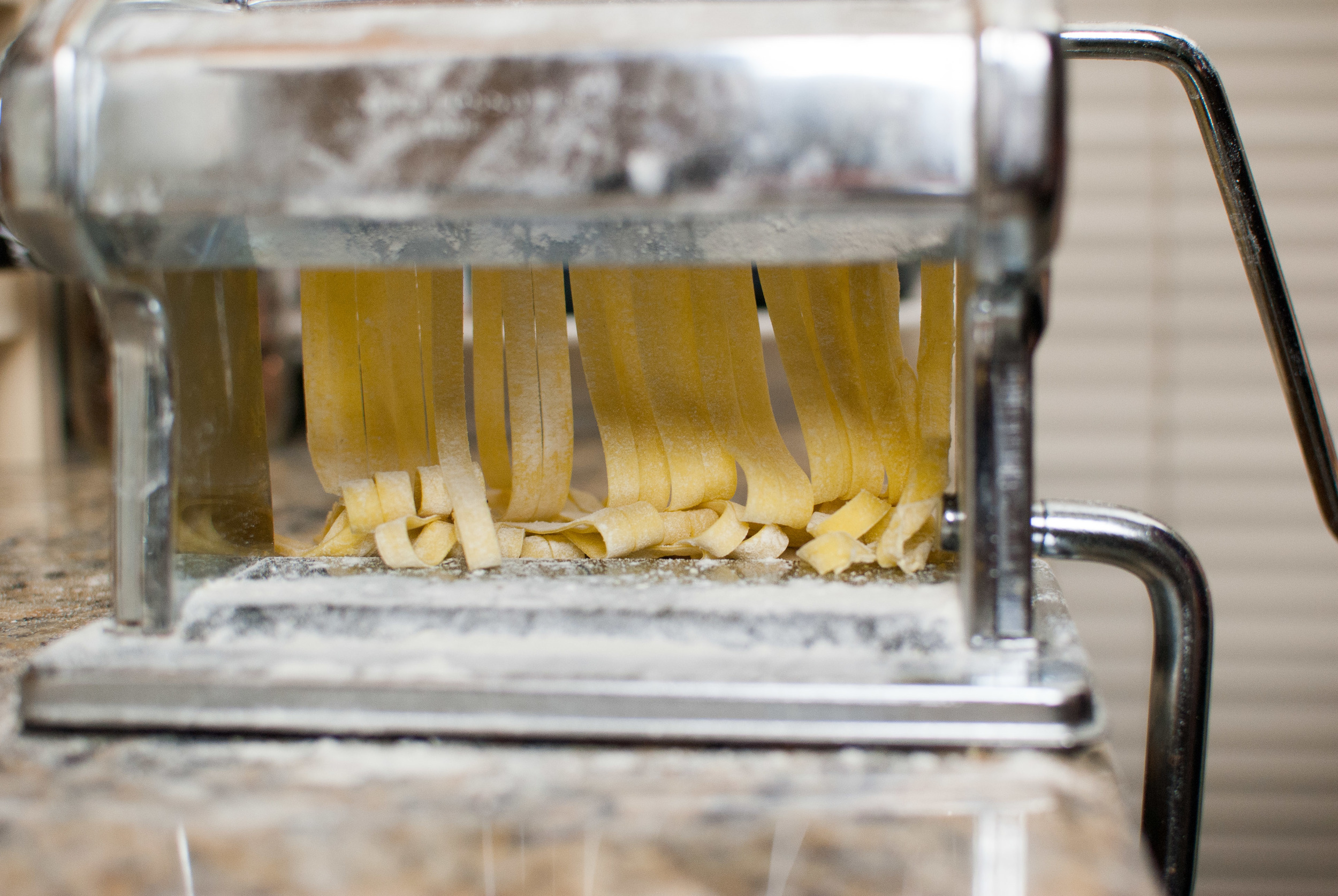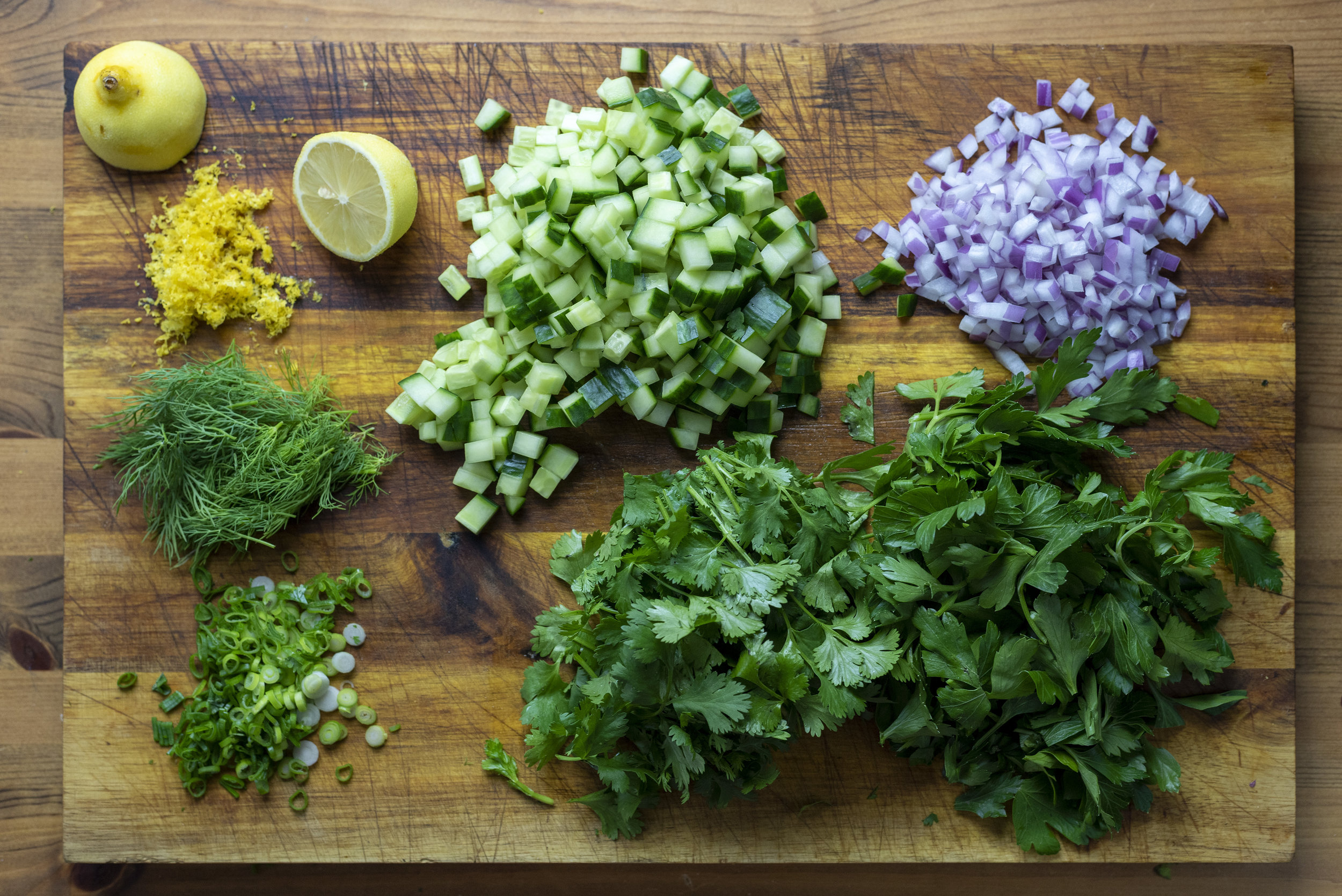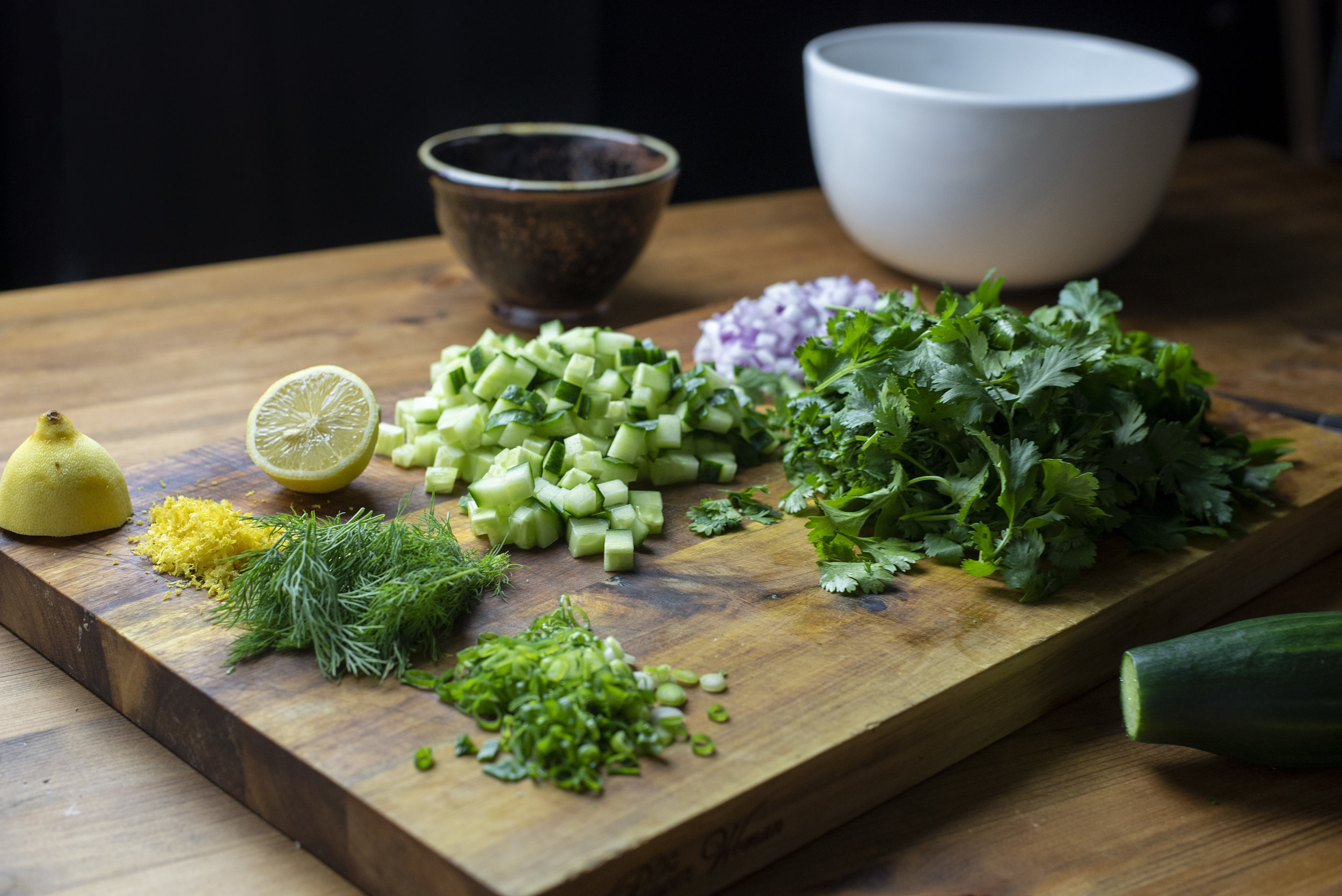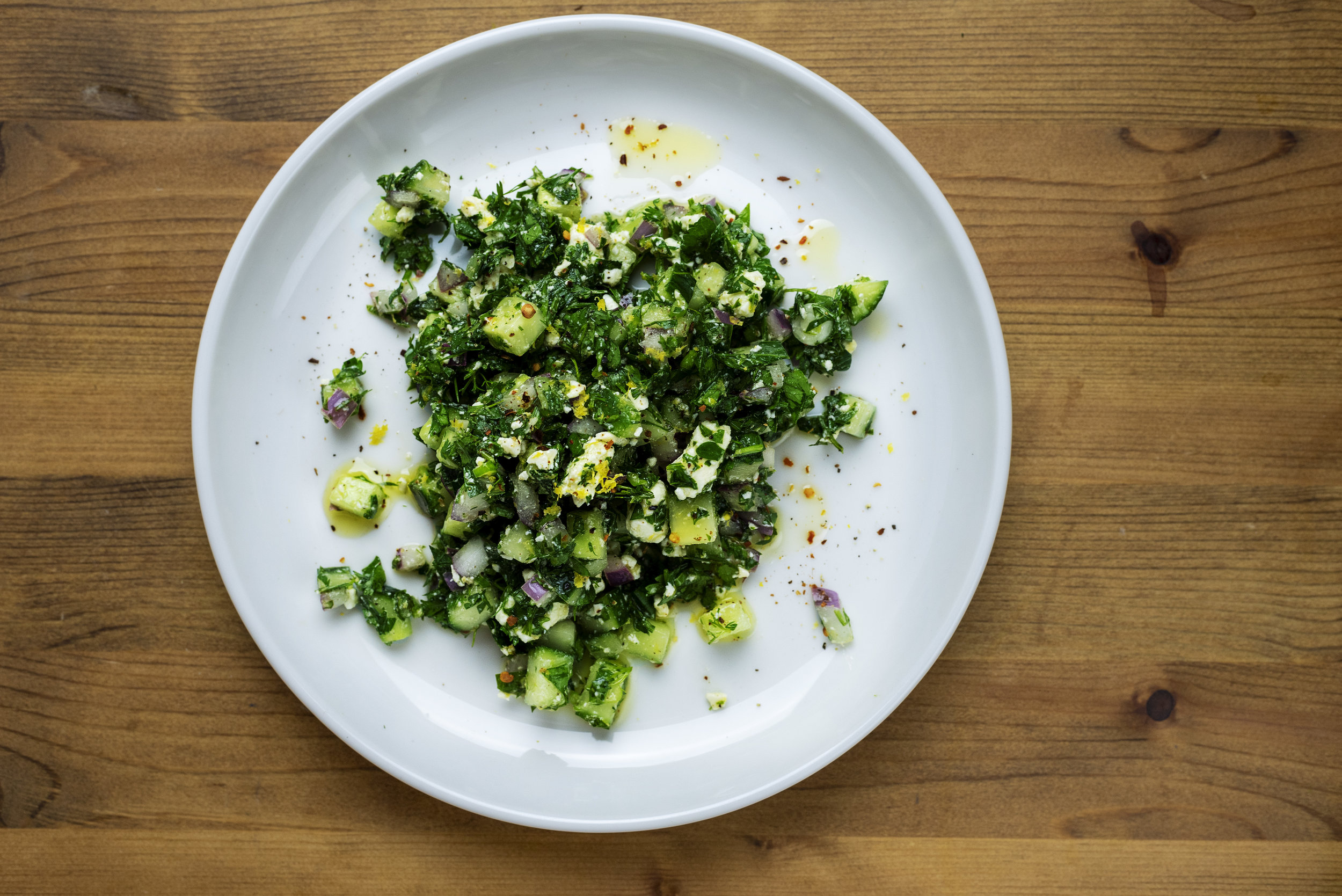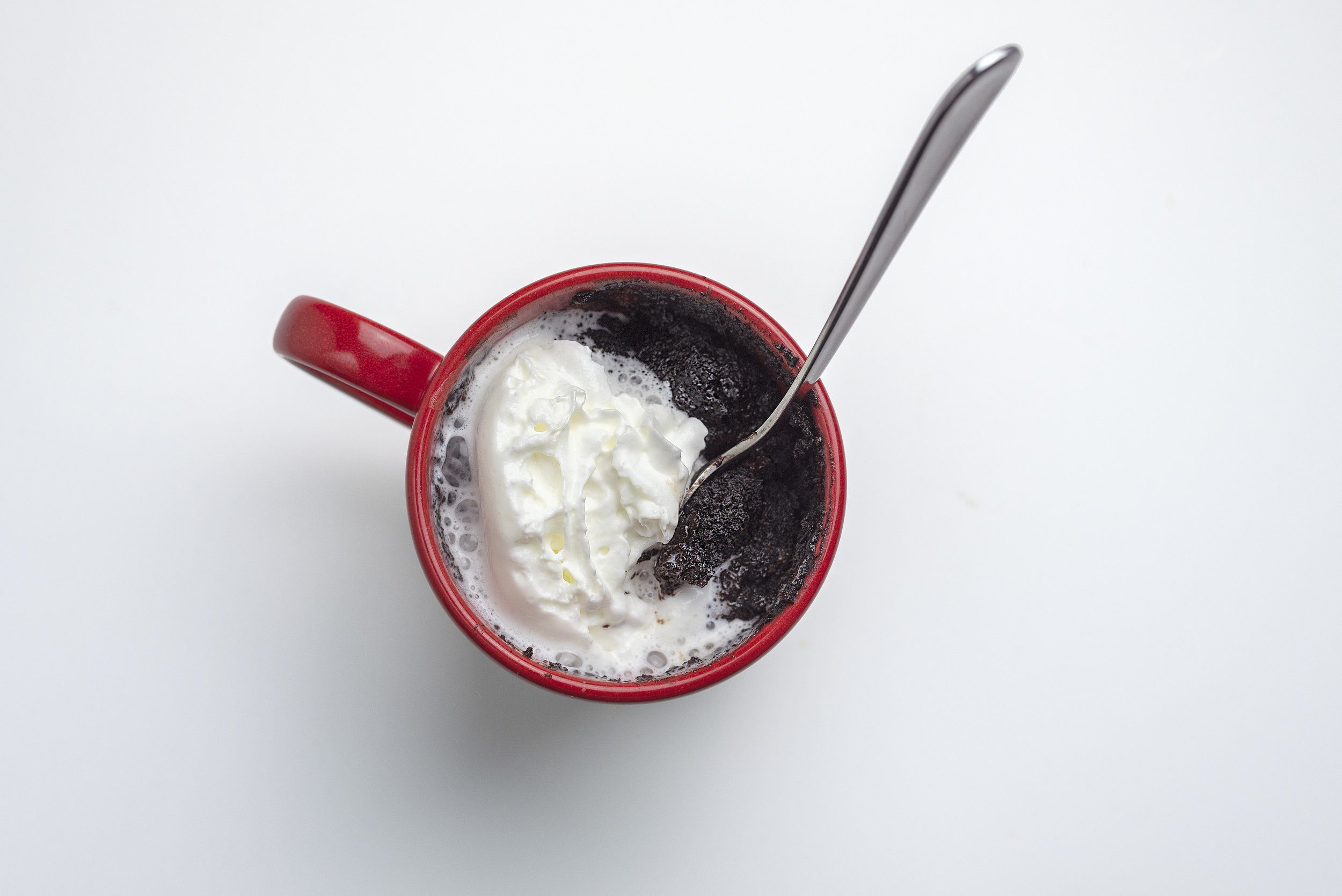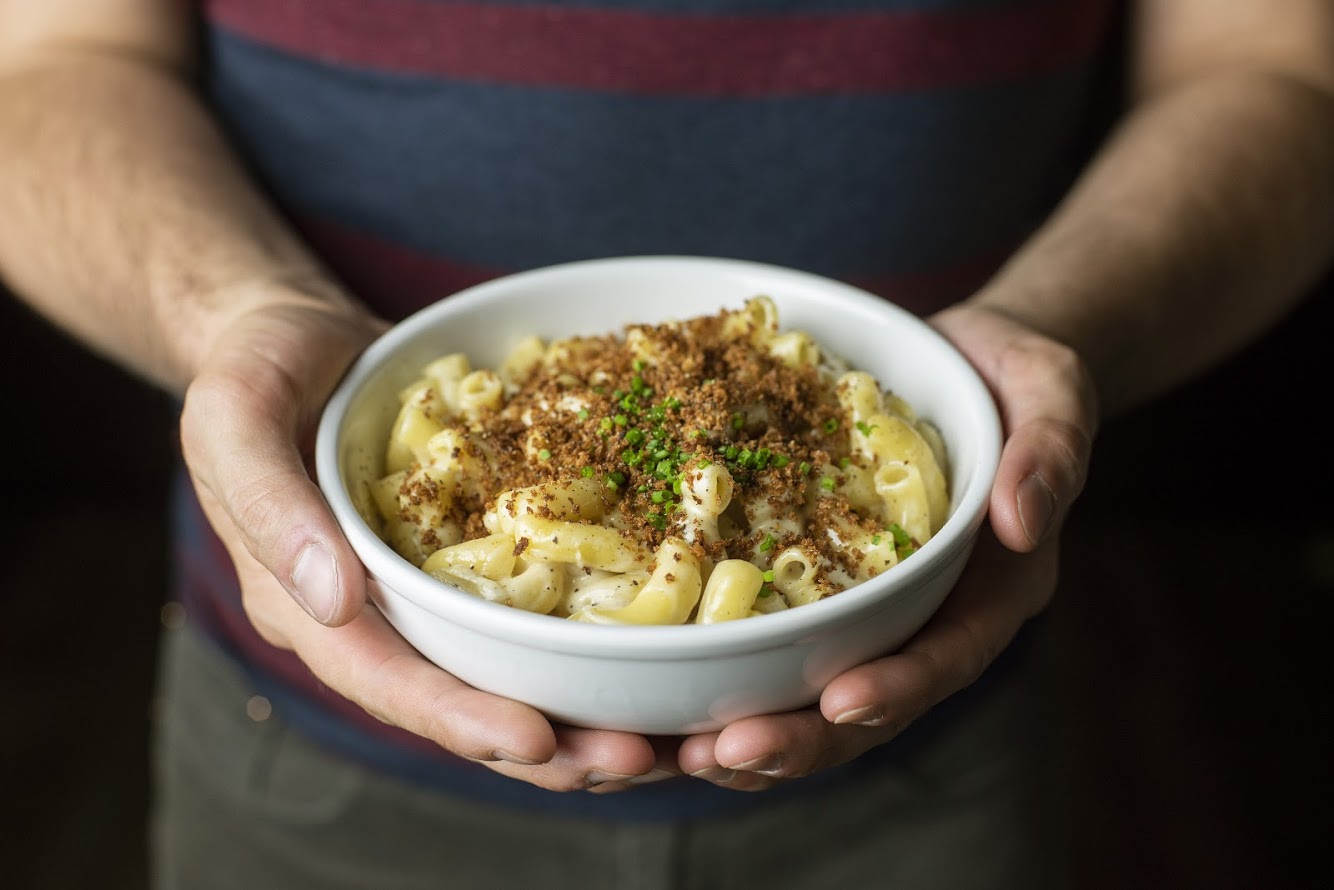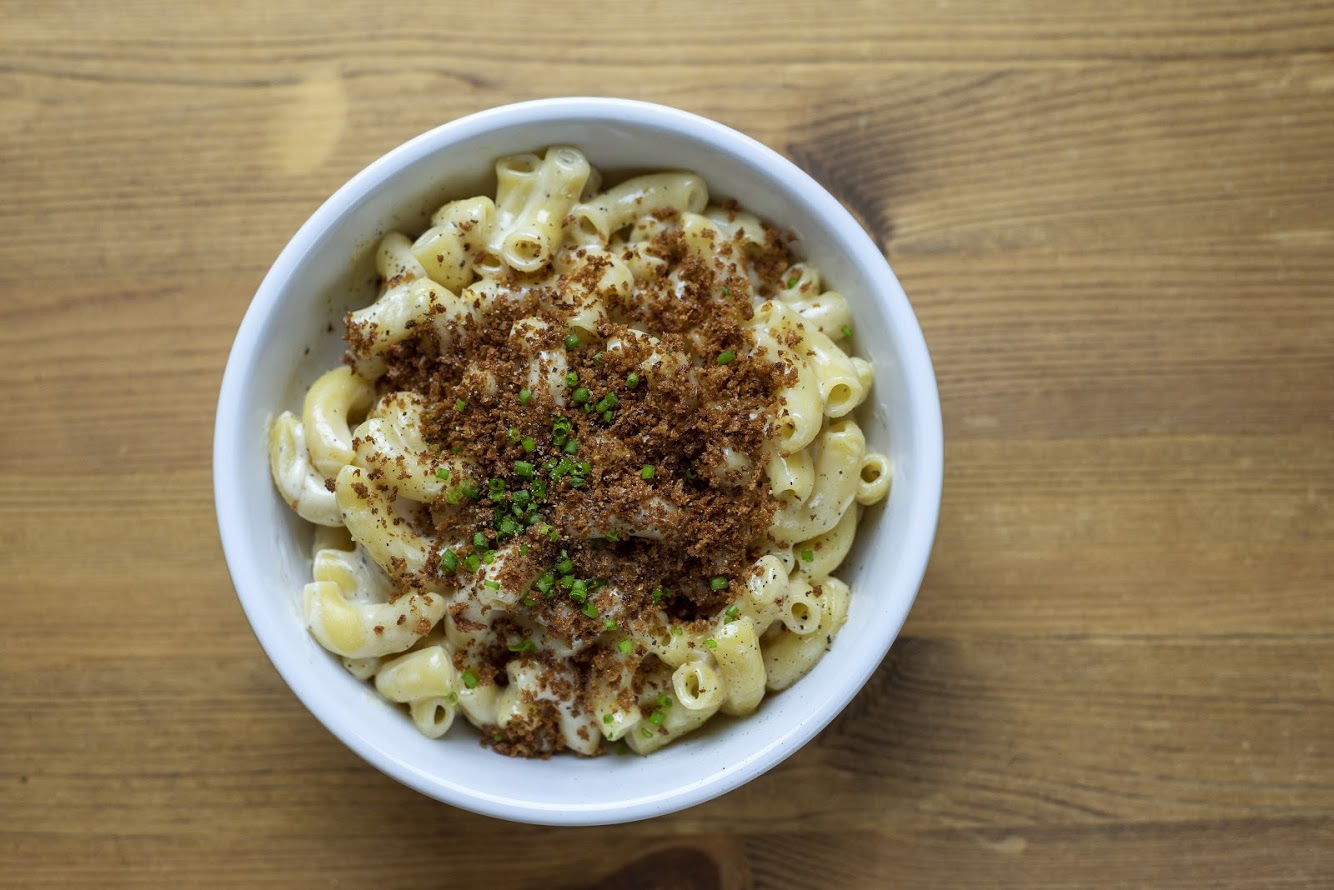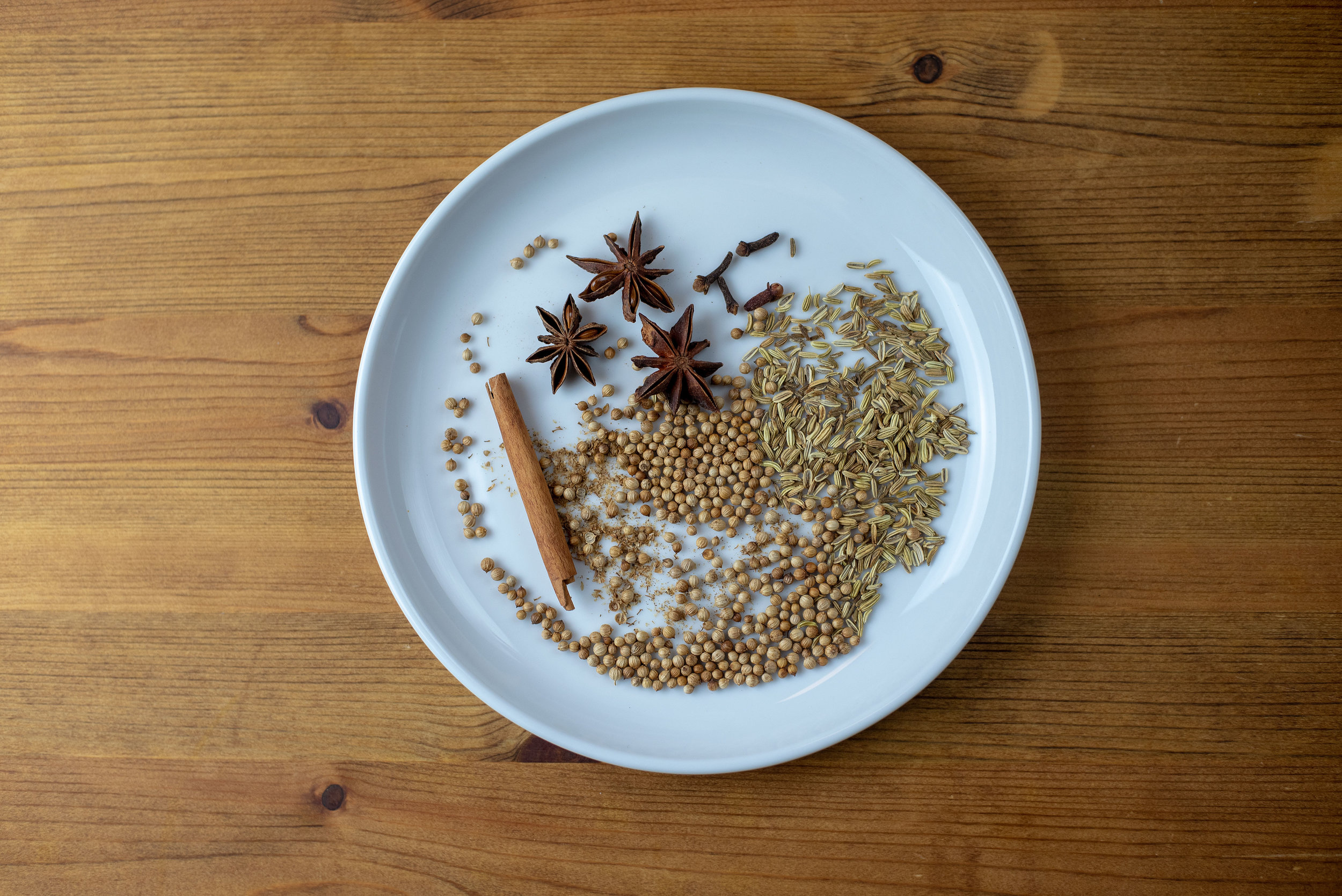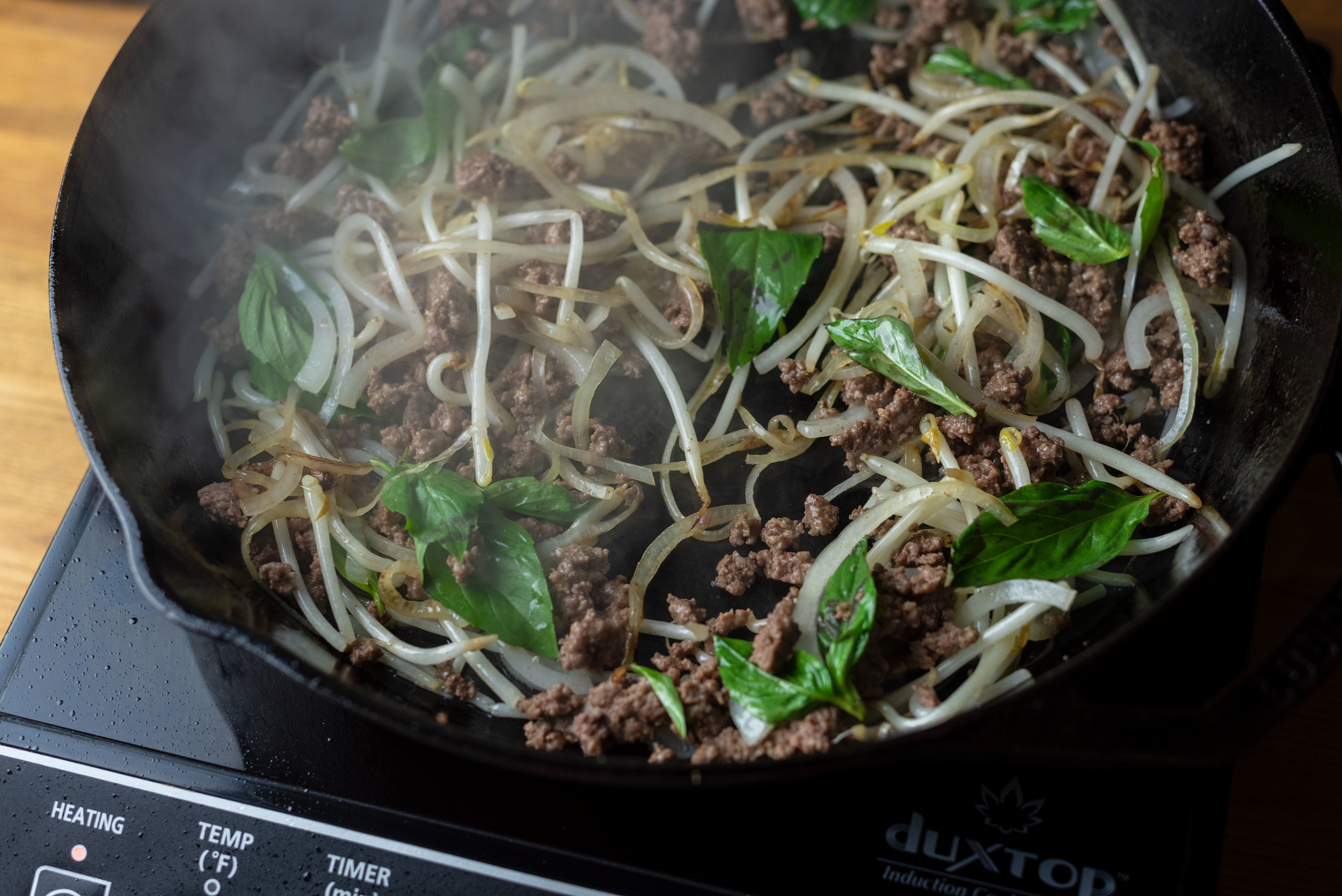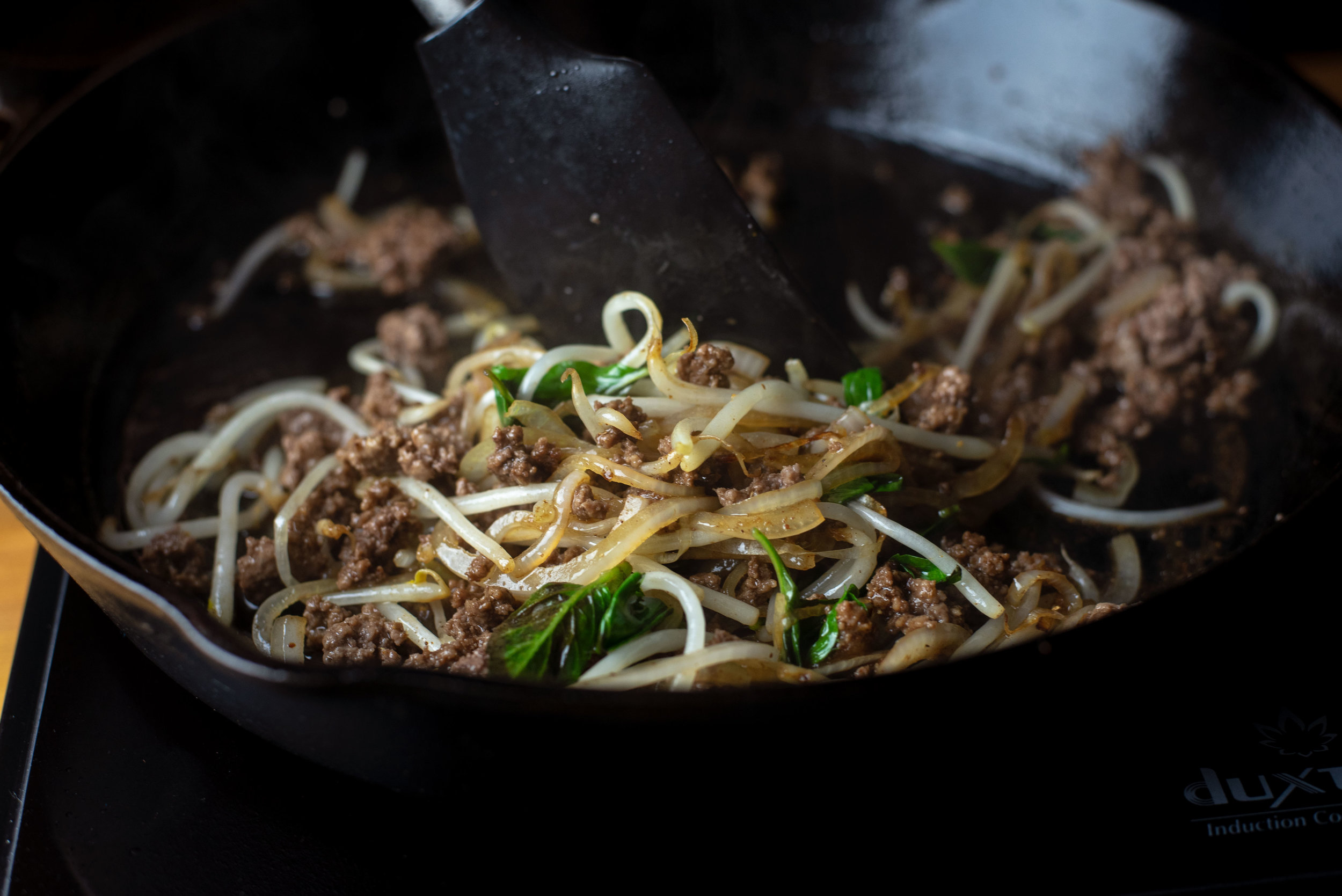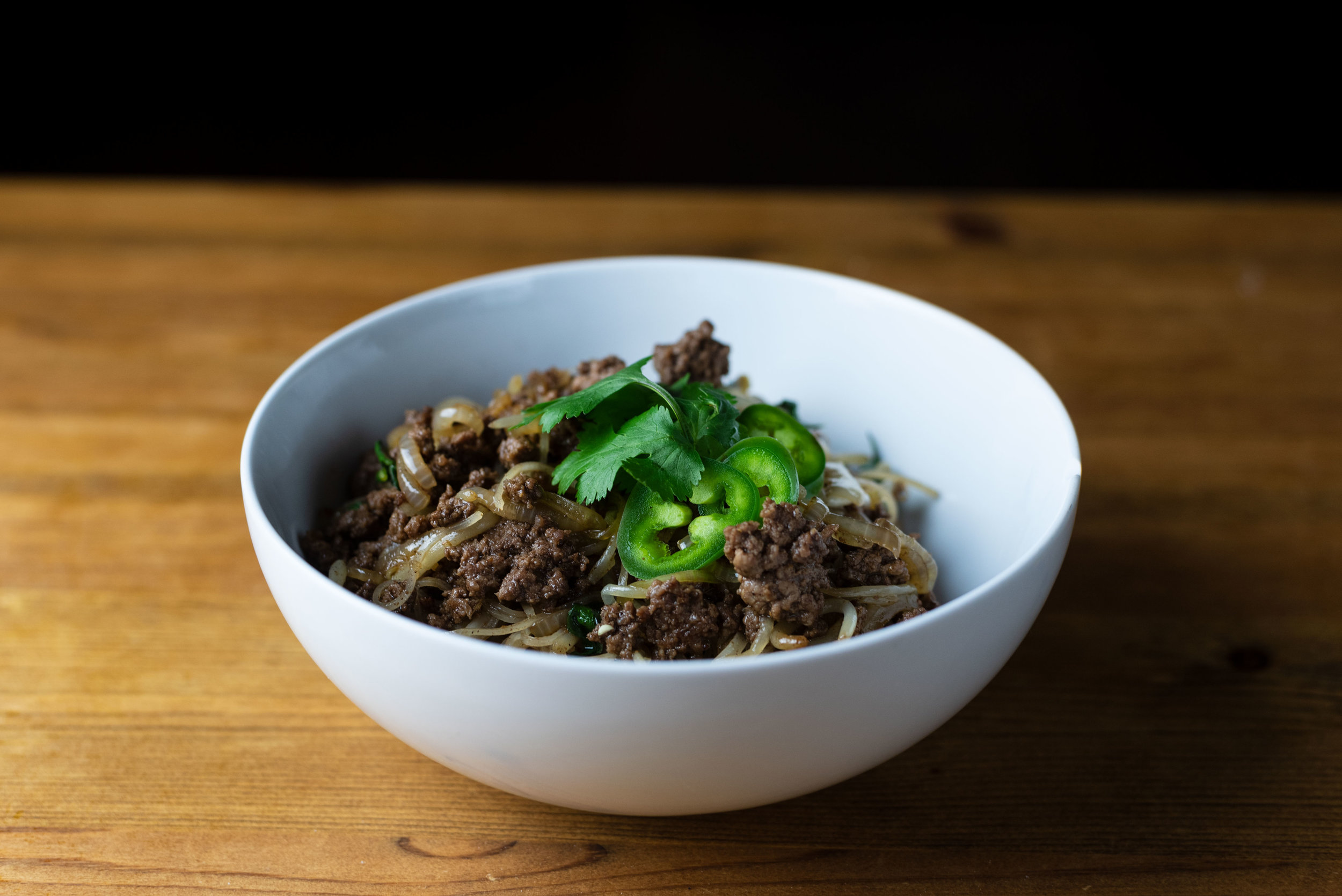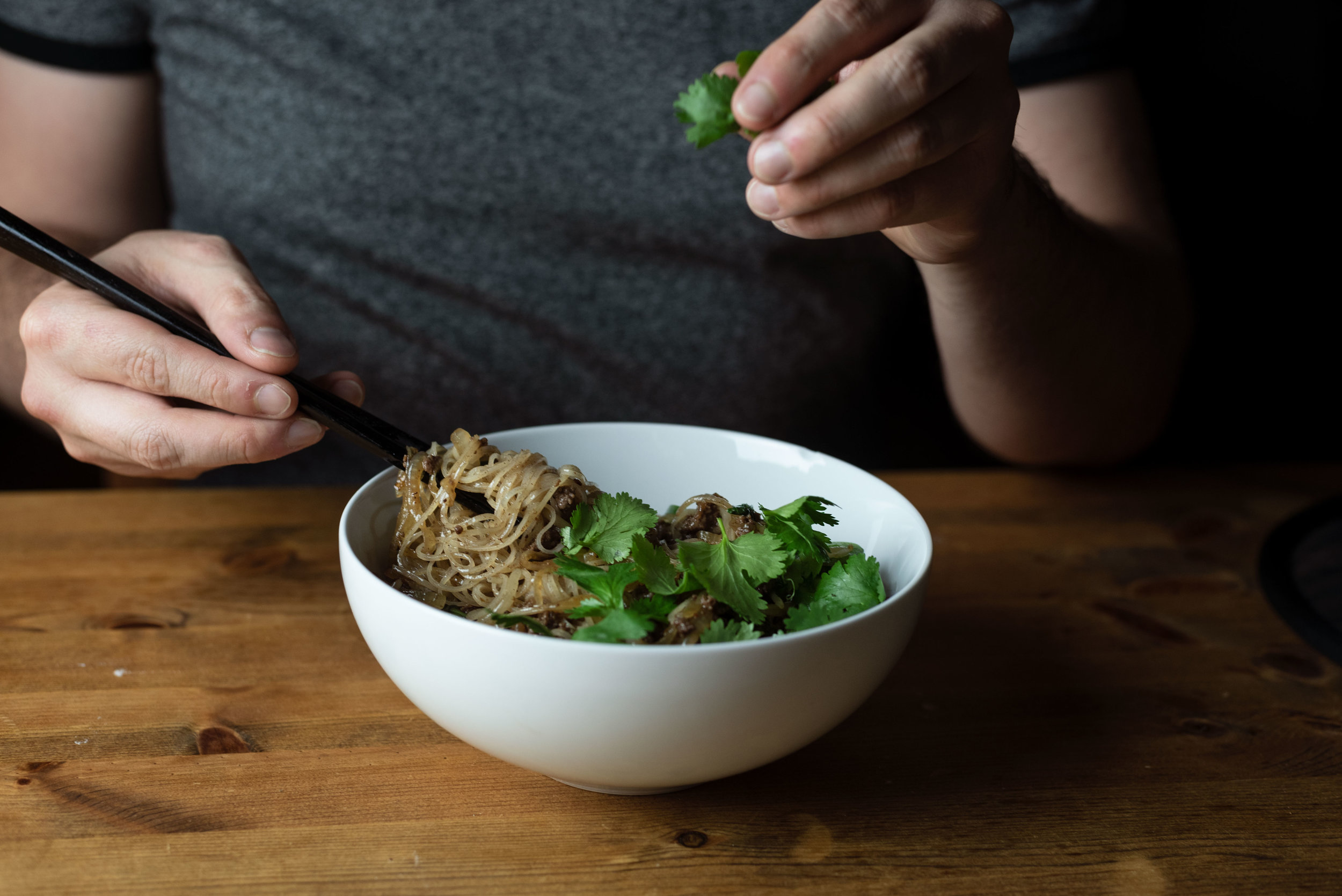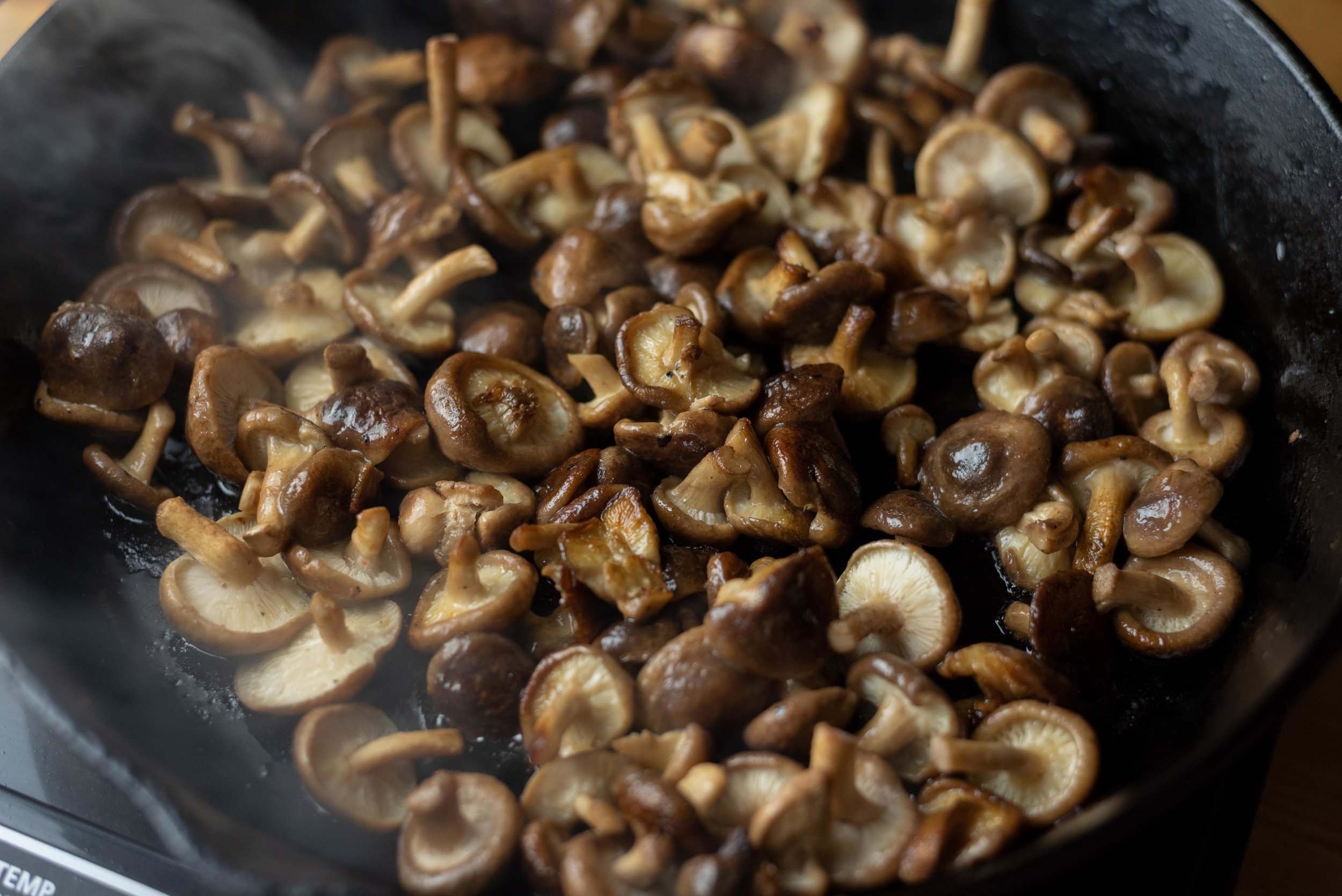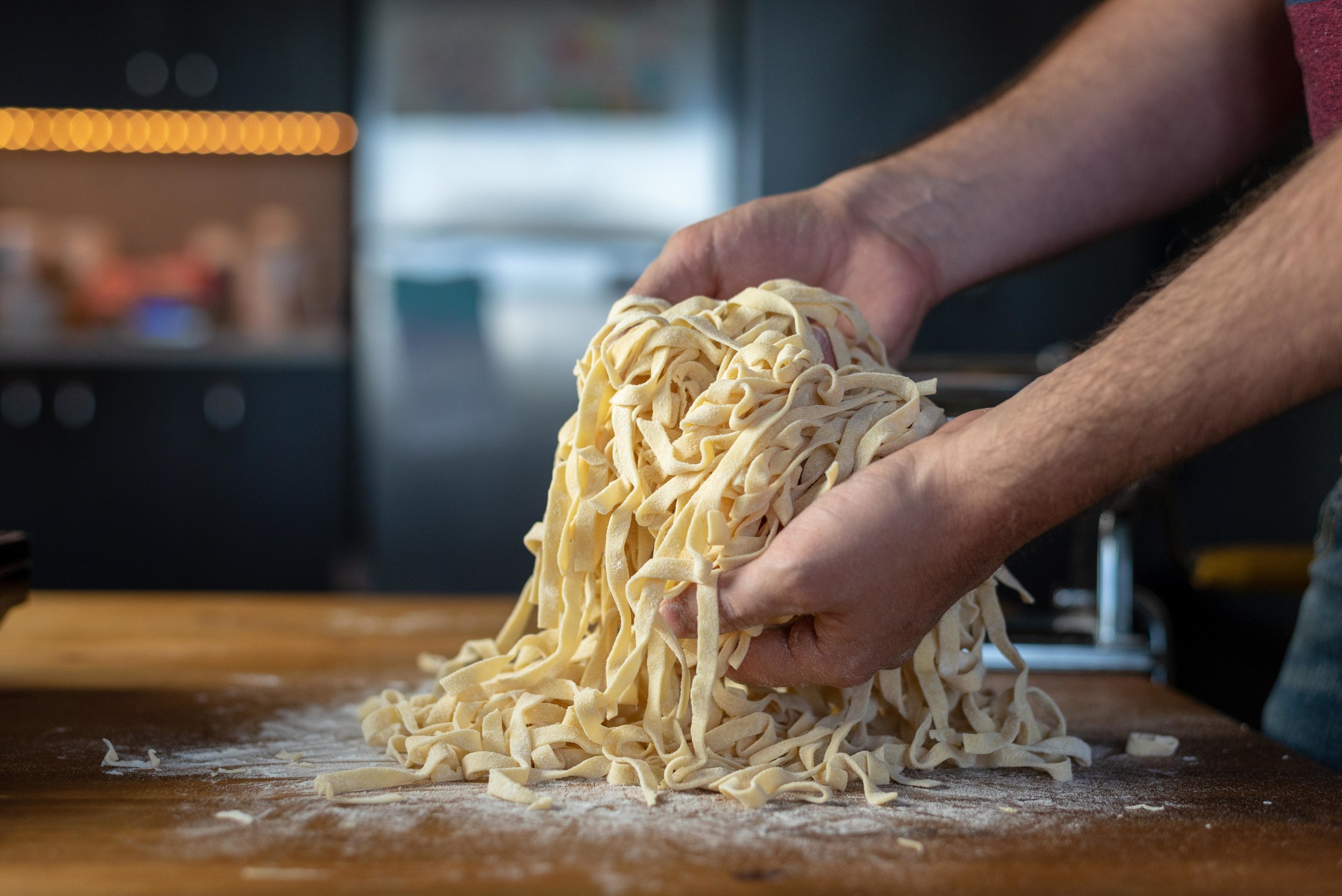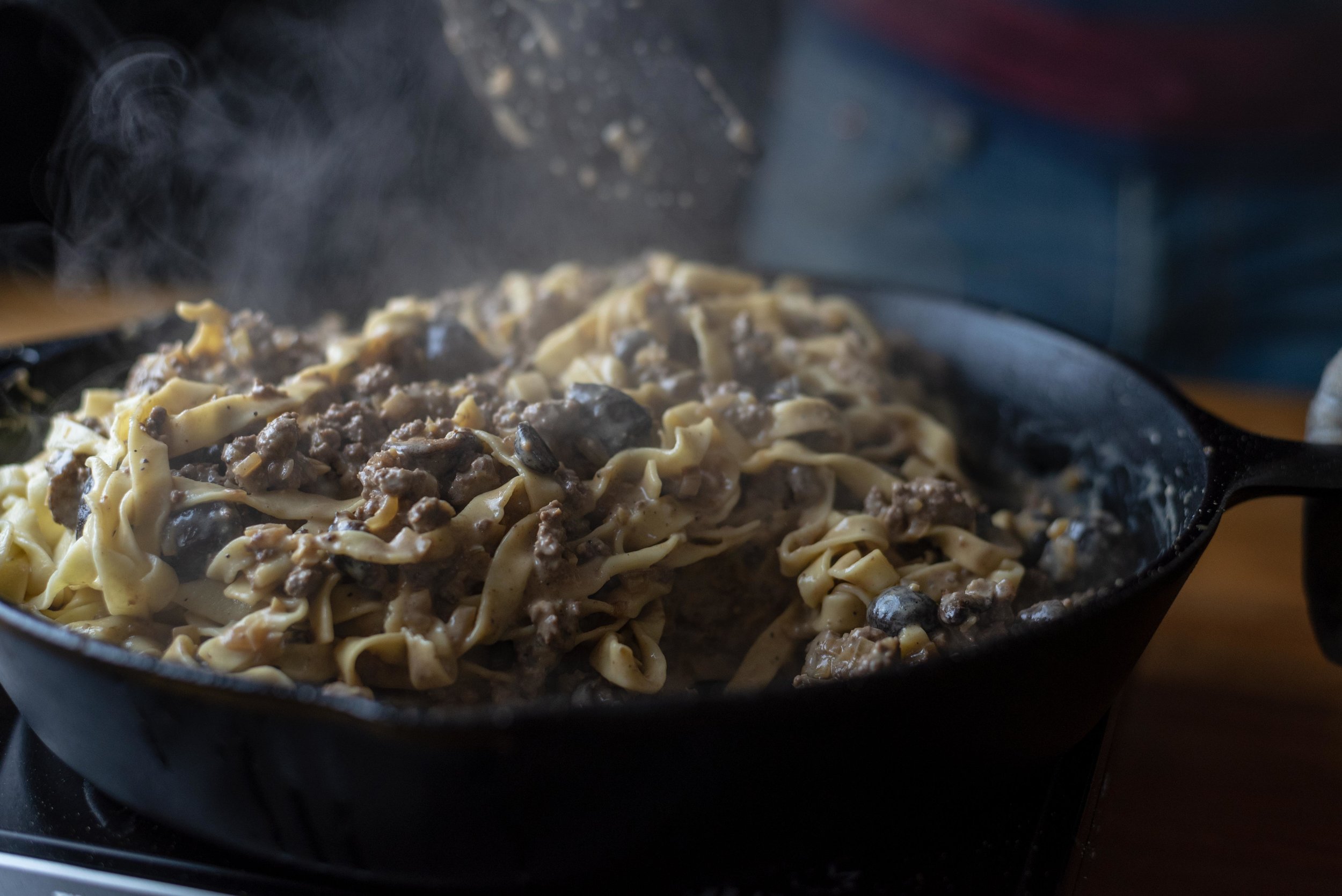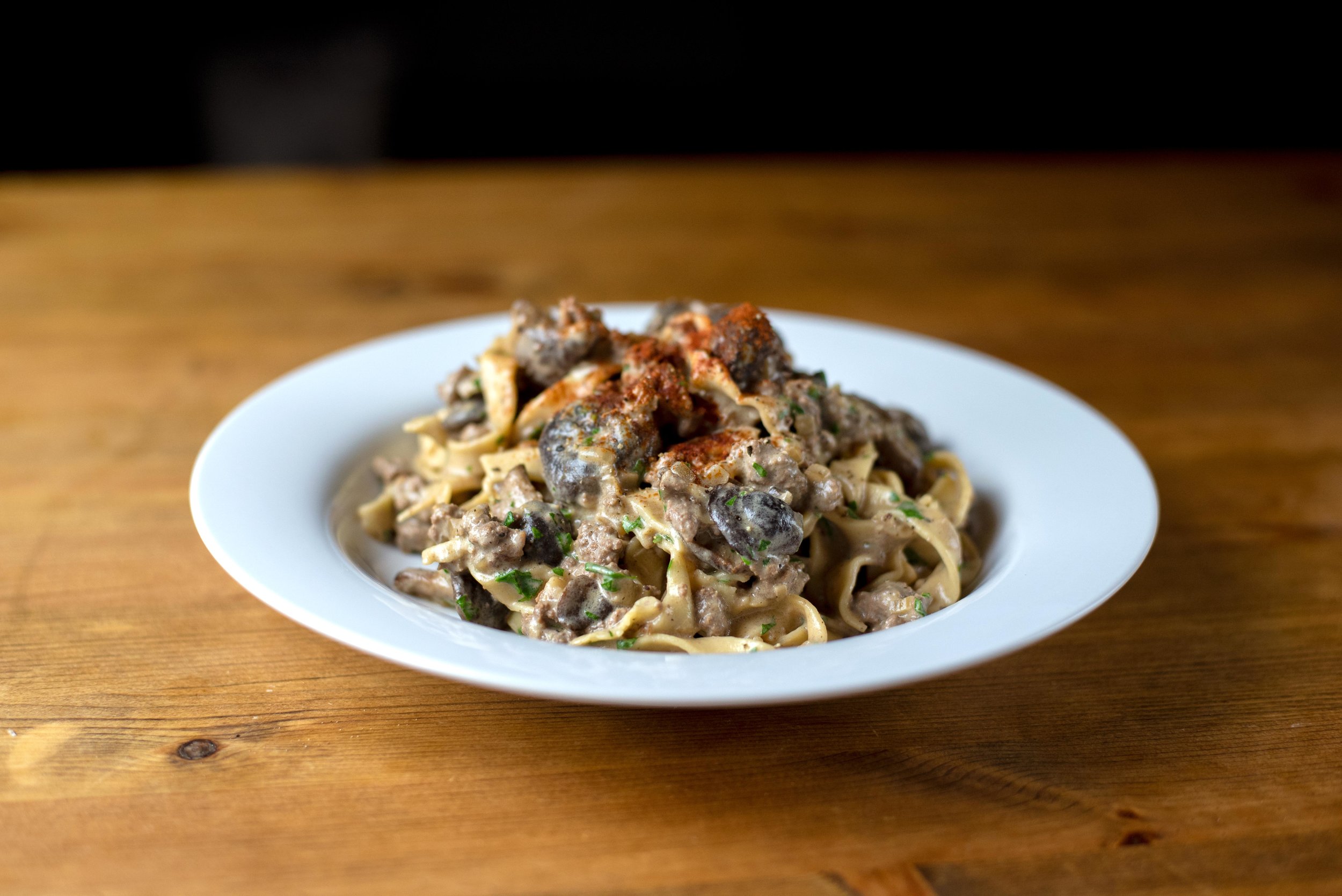I believe that some of the best recipes are only completed when they are changed by time. The development of this ice cream has relied on me chasing a memory, striking a balance between matching the beautiful flavor I remember with the skills and knowledge I’ve accumulated that allow me to make better ice cream than I used to. After much testing and research, I can finally say that—when using peaches at the peak of their season—this tastes exactly like that humid evening in July six years ago when this was first made after a perfect afternoon of picking peaches on Sauvie Island with a good friend of mine.
Salted Peach Frozen Custard
-
3-4 achingly ripe peaches, skins and stones removed
Note: Peaches vary in size; just keep in mind that your end goal is to have about 2 cups of fresh peach puree. For this batch, we used four and only had a little bit of puree leftover. -
2 cups heavy whipping cream
-
1 cup milk
-
5 egg yolks
-
⅔ cup sugar
-
⅓ cup light corn syrup
-
1 teaspoon vanilla extract
-
3 teaspoons of high quality wide flake Jacobsen sea salt, OR sea salt to taste.
Note: We used finishing sea salt from Jacobsen Salt for this recipe, and if you can acquire this, that would honestly be ideal. Naturally, we don’t expect you to be able to find this specific brand wherever you are, but do try and buy good salt for this. Instead of blindly dumping in three teaspoons of whatever salt you acquire, use it intuitively, tasting as you go. You’ll want to push it right to the edge of being savory; think of it like you’re making salted caramel.
Do not use kosher salt as a shortcut. Your dessert will be unbearably salty as a result (yes, different kinds of salts are saltier than other salts) and you’ll also miss out on the nuanced flavors that high quality sea salt provides, which take this ice cream to the next level.
Don’t even think about using table salt for this. If you do, I will find you.
In a blender, blend all of the peaches that you recently processed until they are completely smooth (no lumps!). Reserve 2 cups of the fresh peach puree and set aside. Store the remainder in the fridge, or discard.
In a large bowl that’s big enough to hold all of your ingredients, whisk the egg yolks, sugar, corn syrup, and vanilla extract together until everything becomes thick, light yellow, and ribbony when it falls off the whisk. Set aside.
In a sauce pan, add the cream and milk and heat until it gently simmers. Immediately remove the pan from the heat, then pour about half a cup of the hot cream base into the egg and sugar mixture and whisk it all together quickly to temper it. Keep adding and mixing all the cream into the eggs, then pour all of the custard base back into the saucepan and return it to the stove.
Cook the custard on medium heat, stirring constantly with a spatula in an s-like movement until the base thickens and eventually reads to be about 180 degrees on a thermometer. Remove from the heat immediately once the custard reaches the right temperature and add the custard base to a bowl (I use the one I mixed the eggs and sugar in) pouring it through a mesh strainer to catch any pieces of cooked egg that may be in the mixture. Add the 2 cups of fresh peach puree and the sea salt to the custard, then mix until totally integrated. Be sure to taste test for salt at this point, and add more if you see fit, depending on what kind of salt you’re using. Store the peach ice cream base in an air-tight container and chill in the fridge until it is completely cold; I usually do overnight.
To churn, follow your ice cream machine’s instructions and churn until the custard resembles soft serve. Remove your ice cream from your ice cream machine and store it in an airtight container with a layer of plastic wrap over the top of it, pressed directly onto entire surface the cream so that no air gets in, then freeze until ice cream totally sets.
Makes about 5 cups of ice cream.
